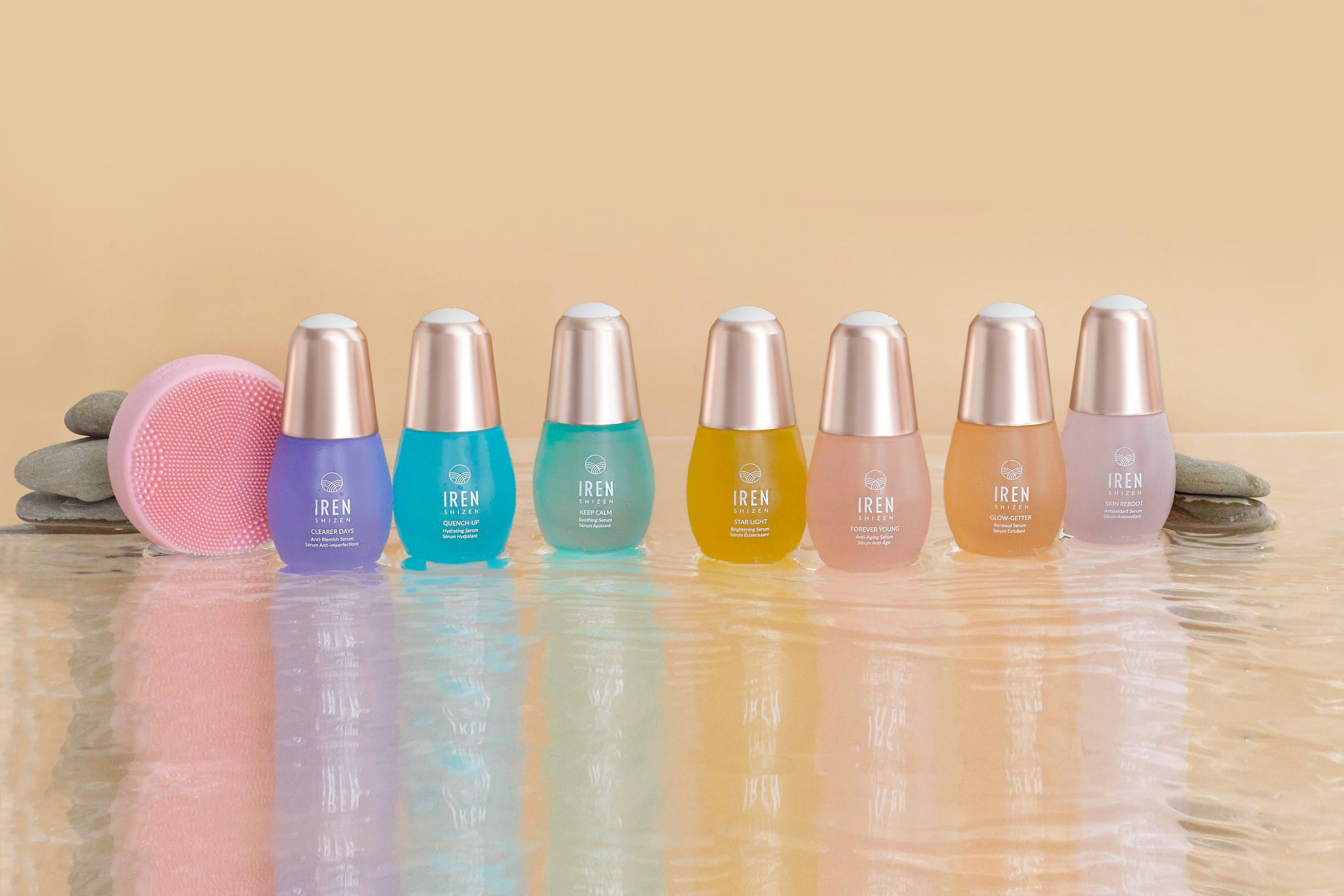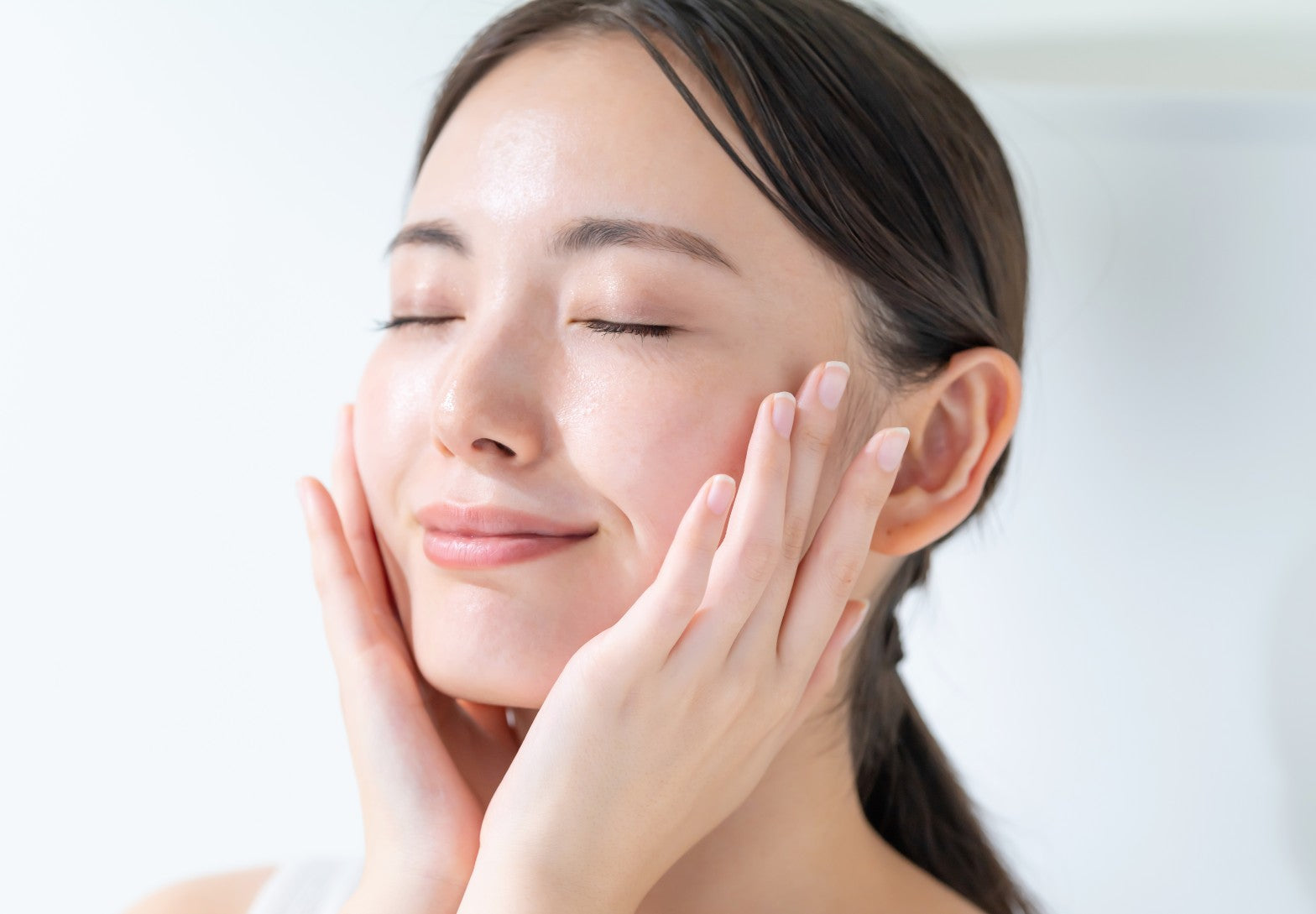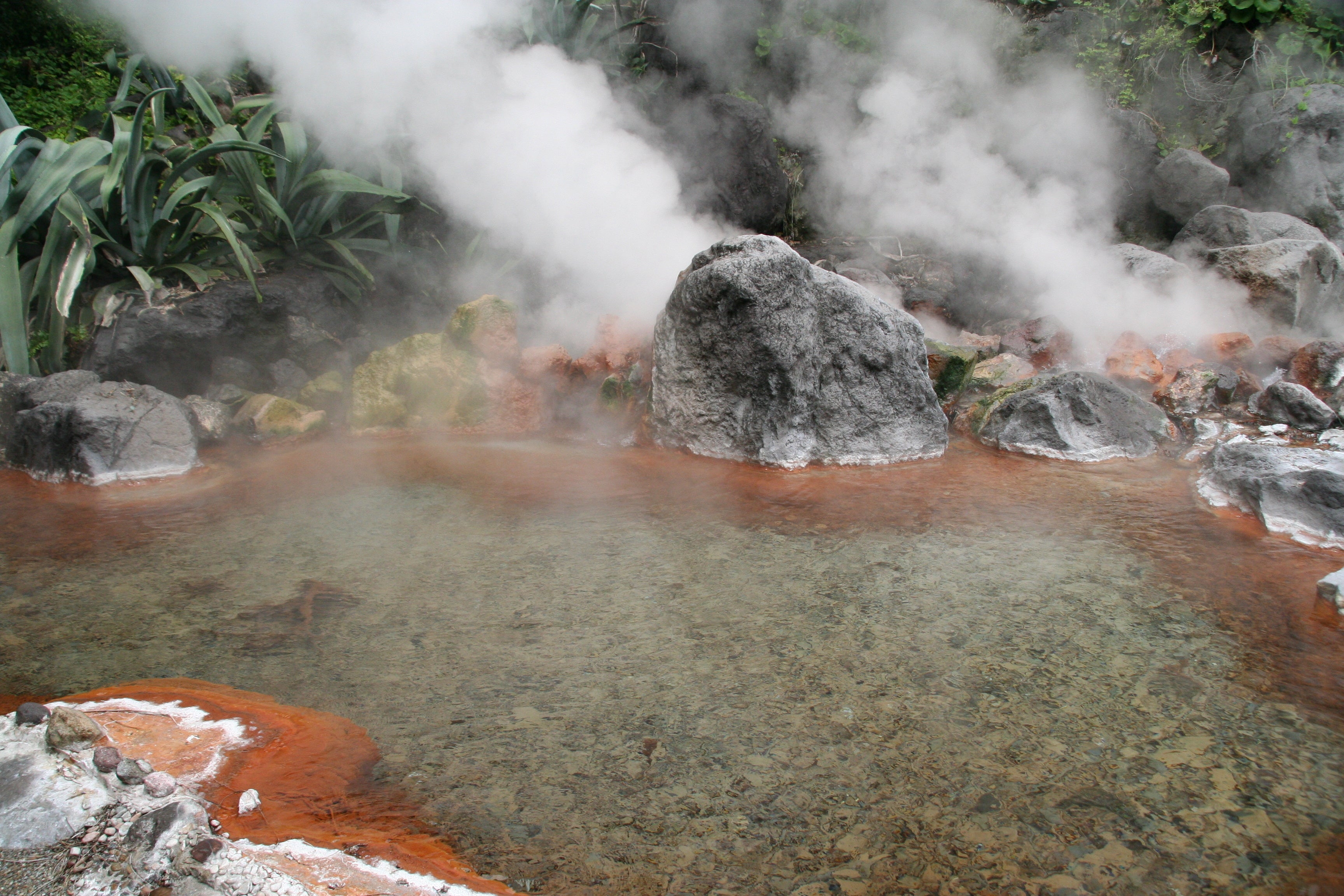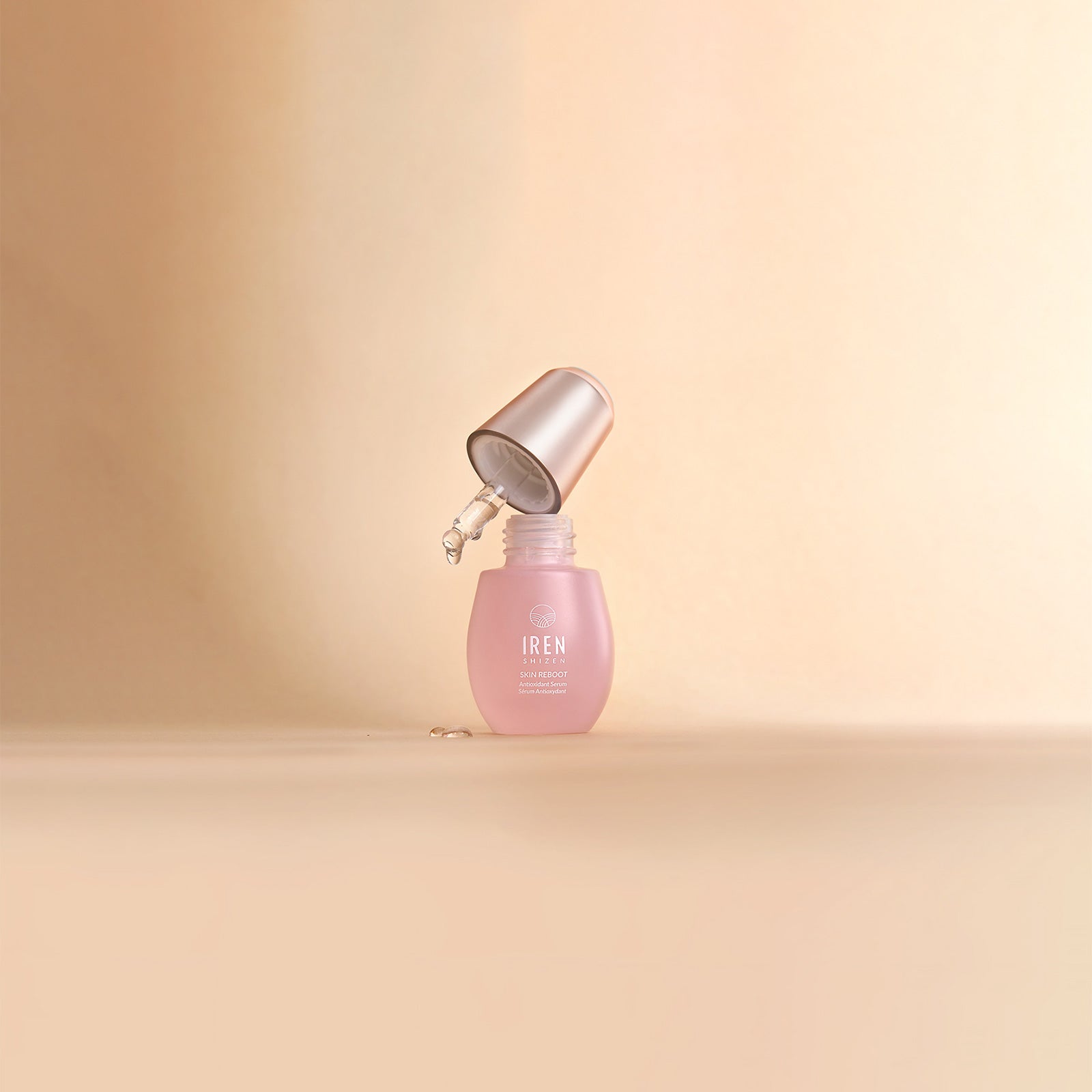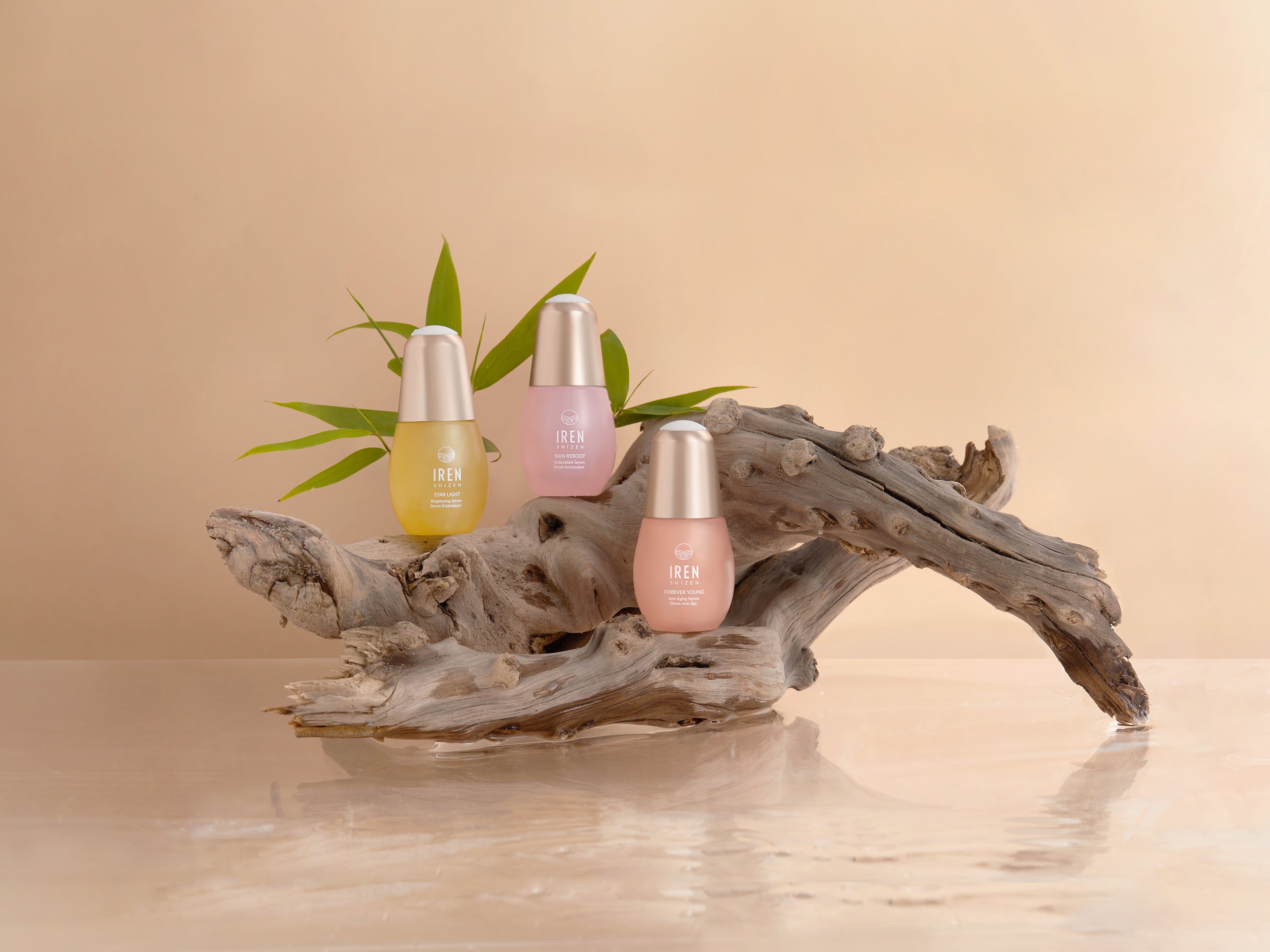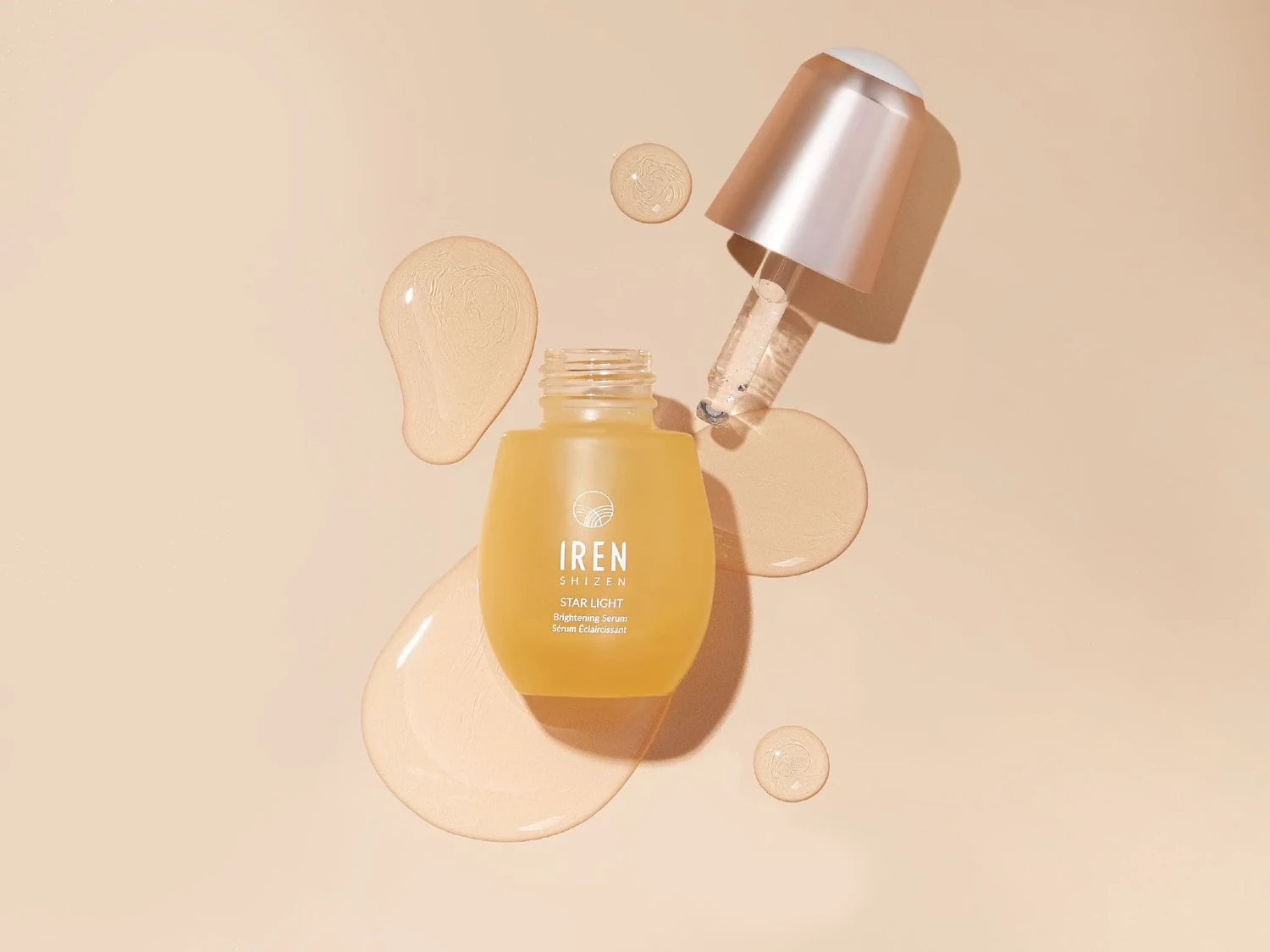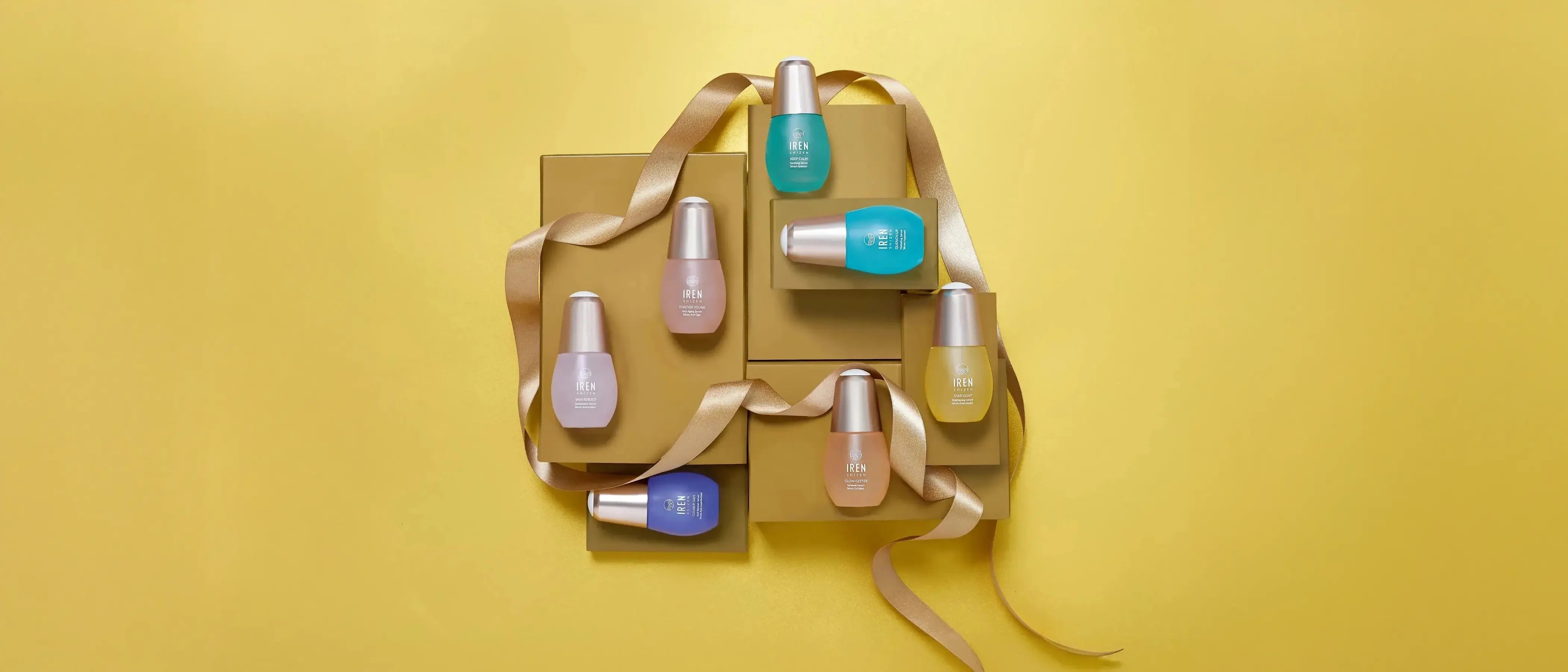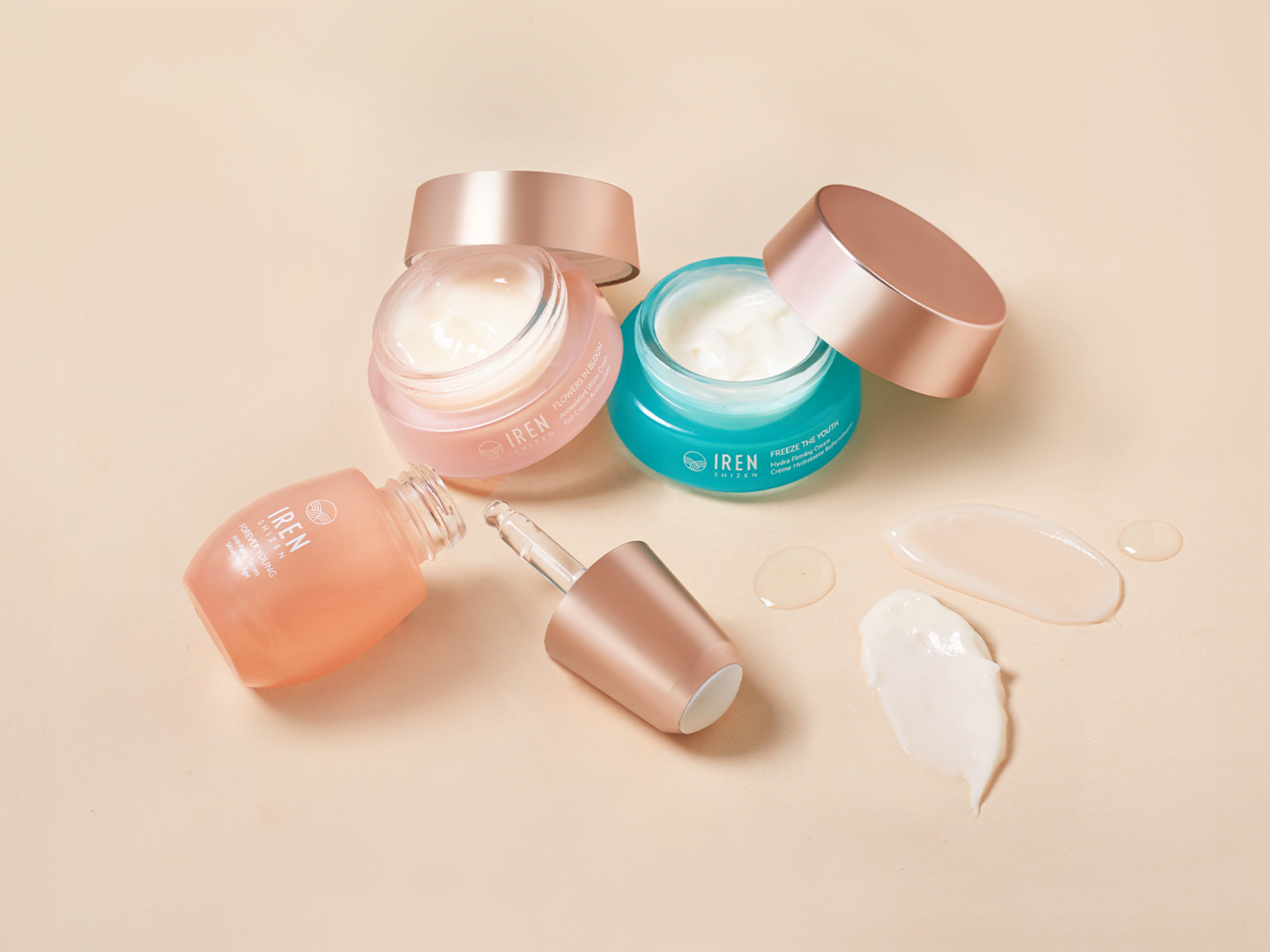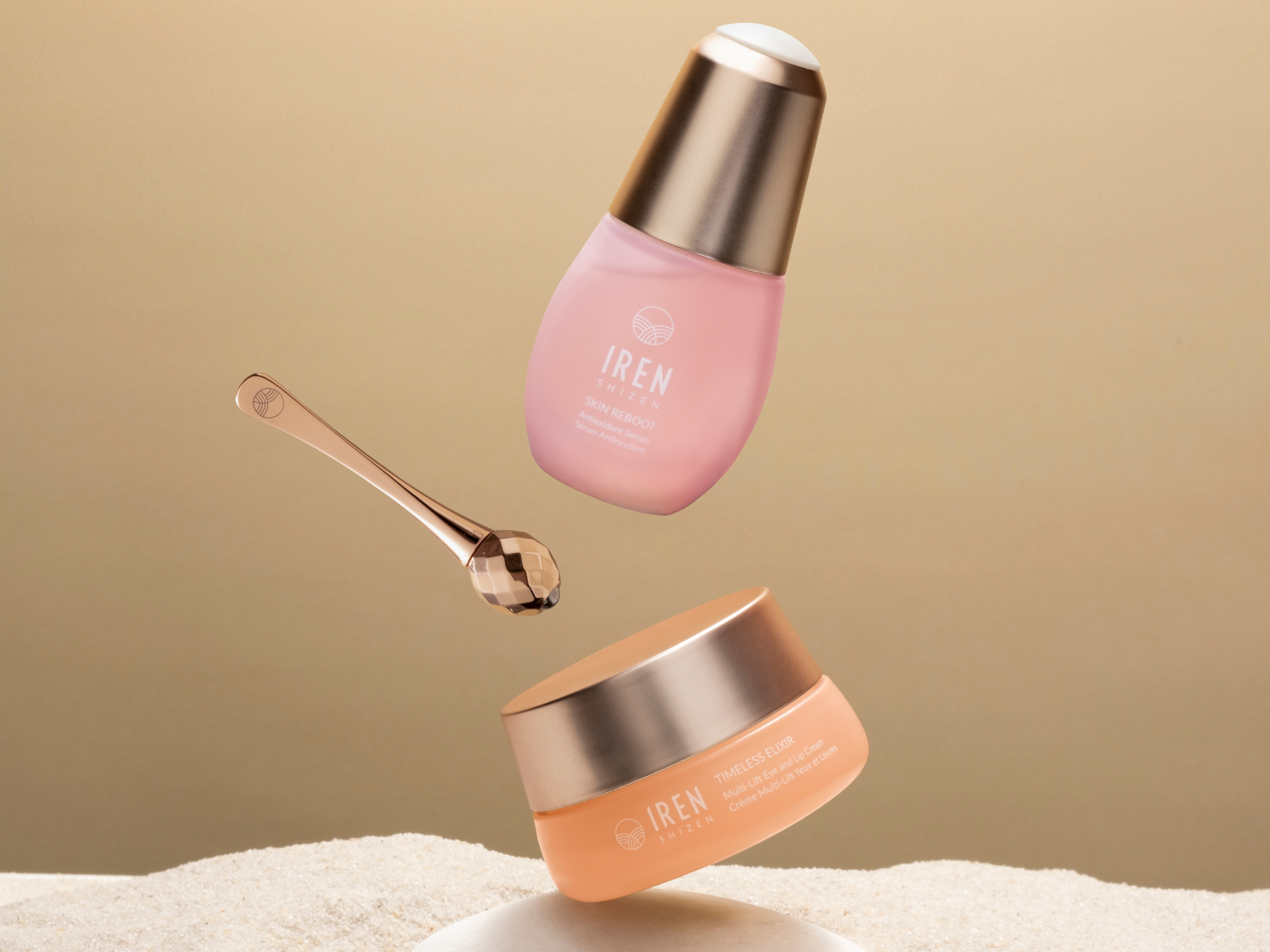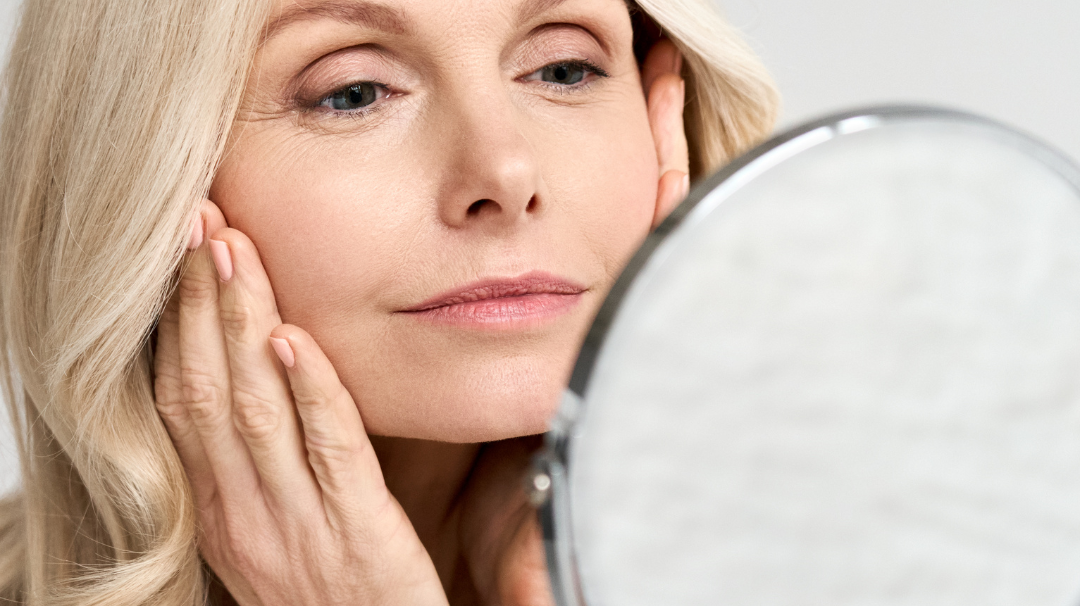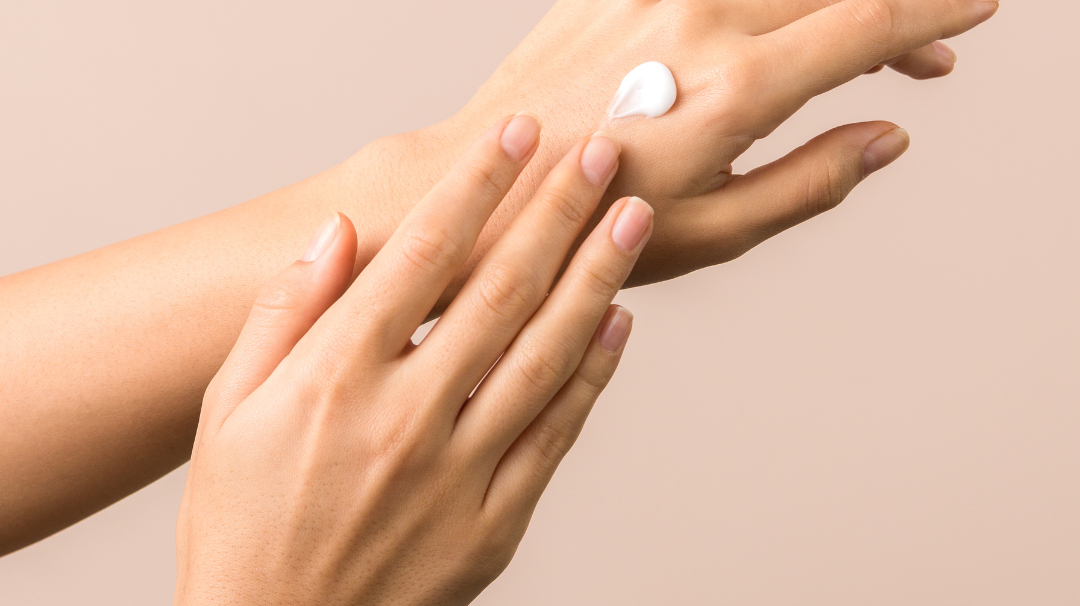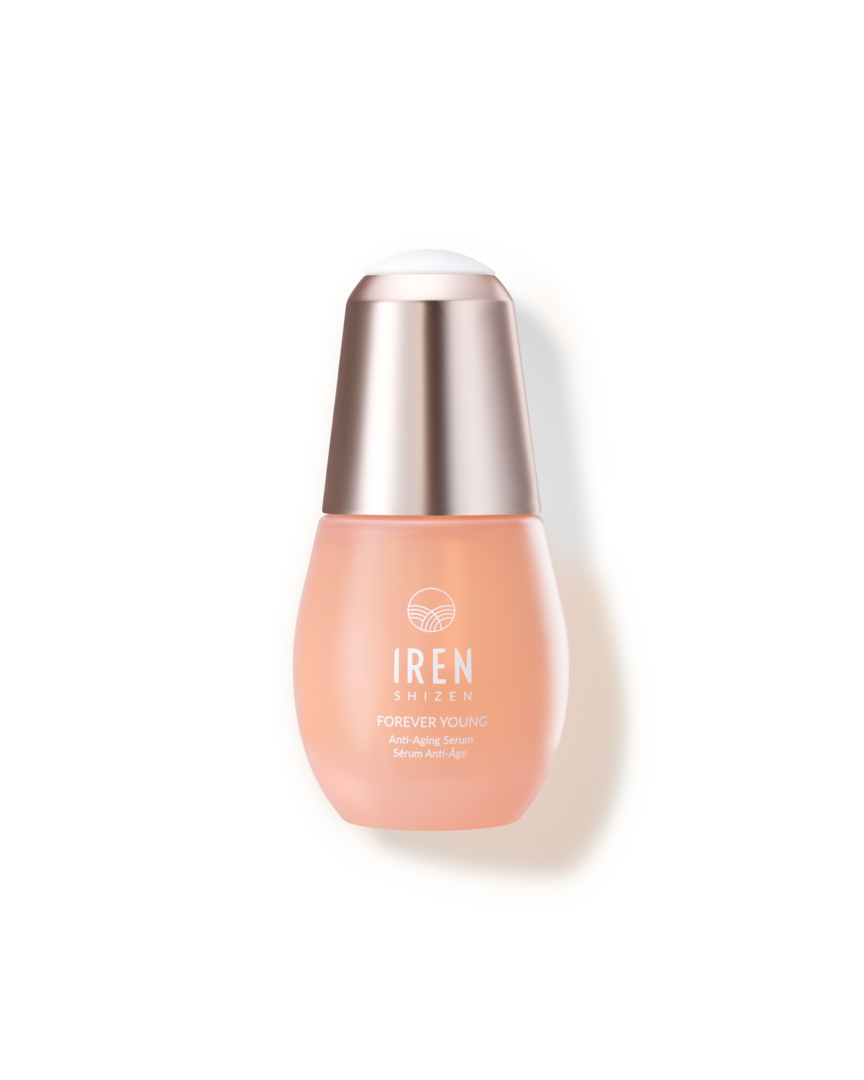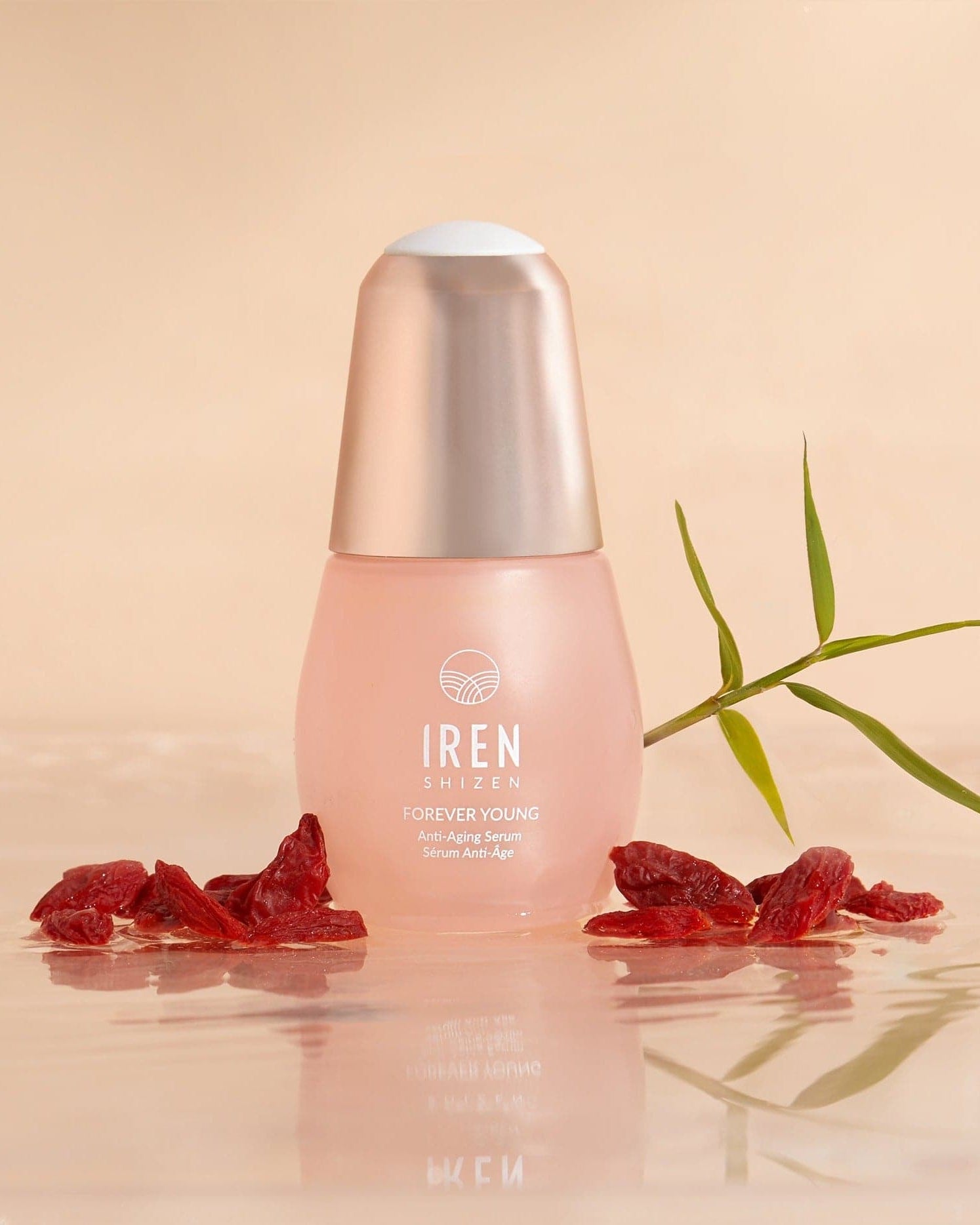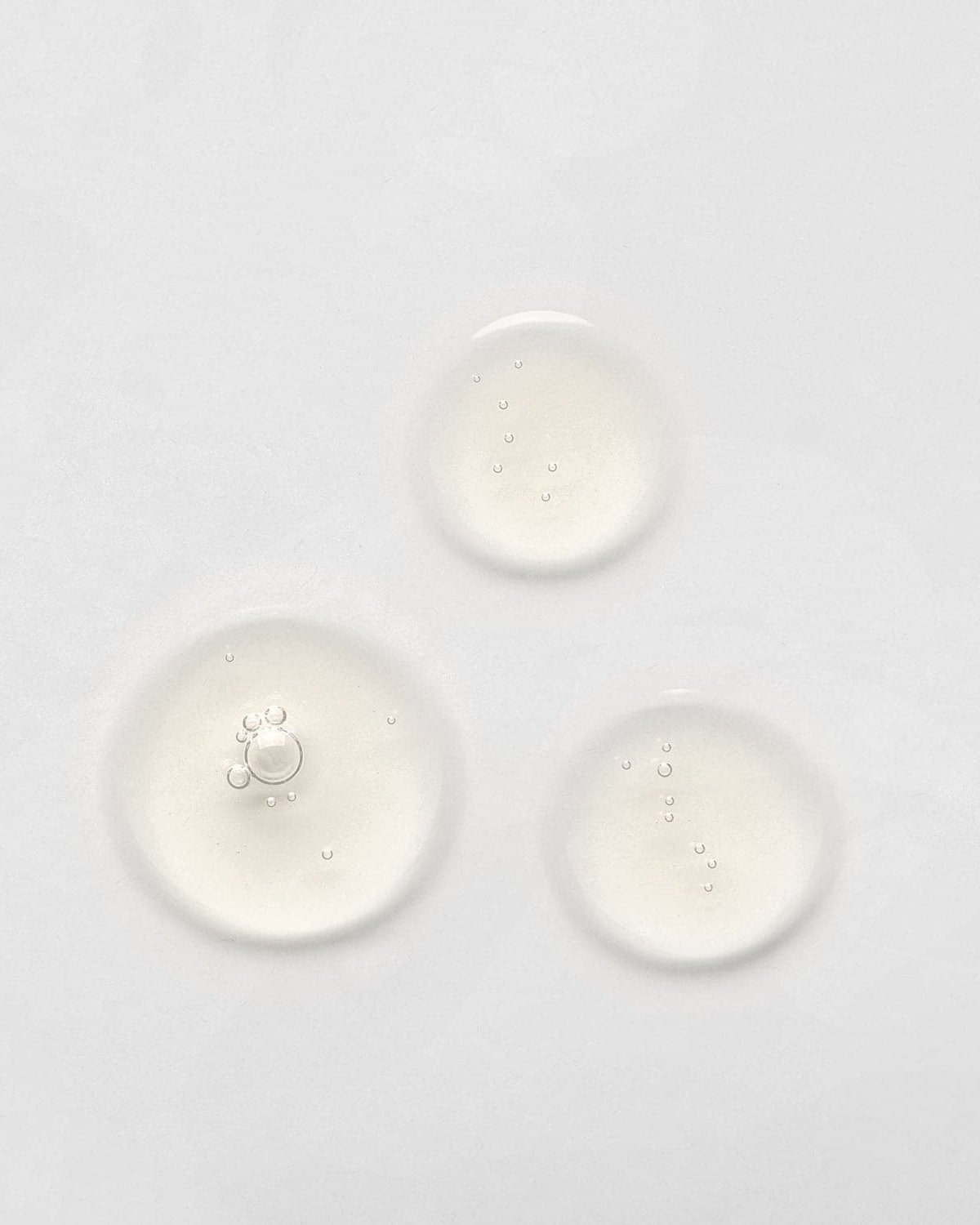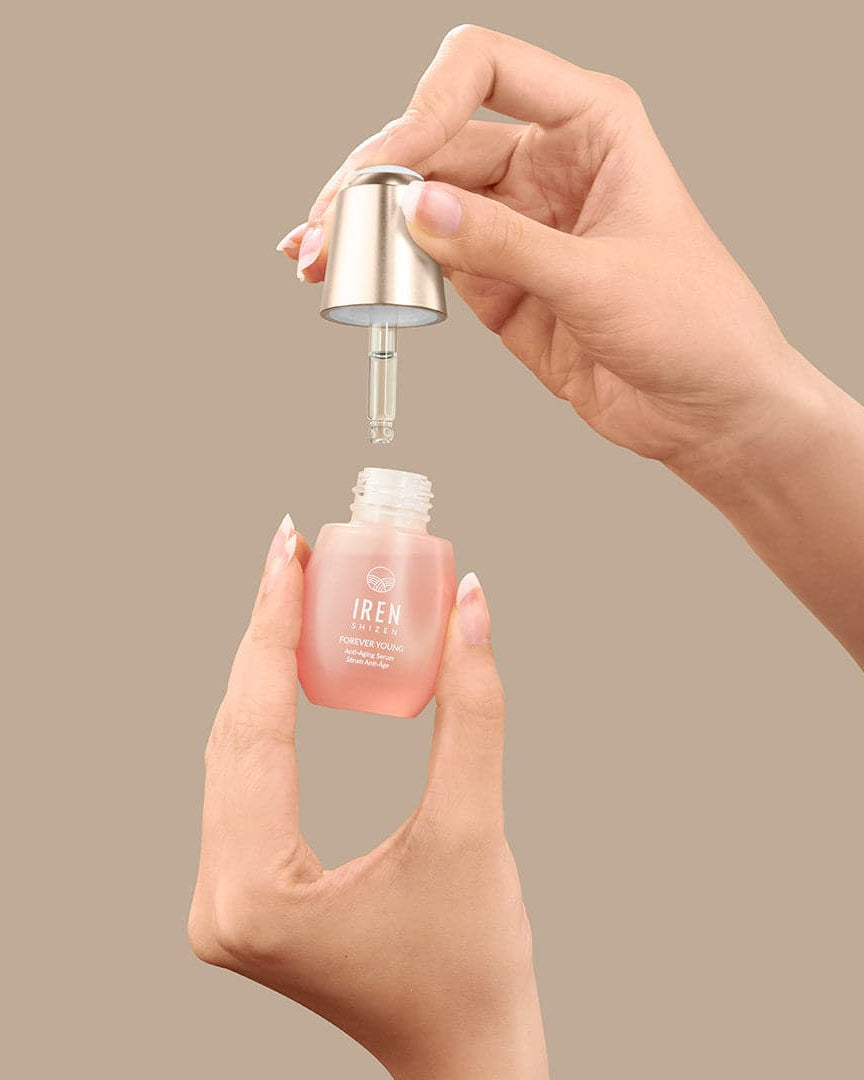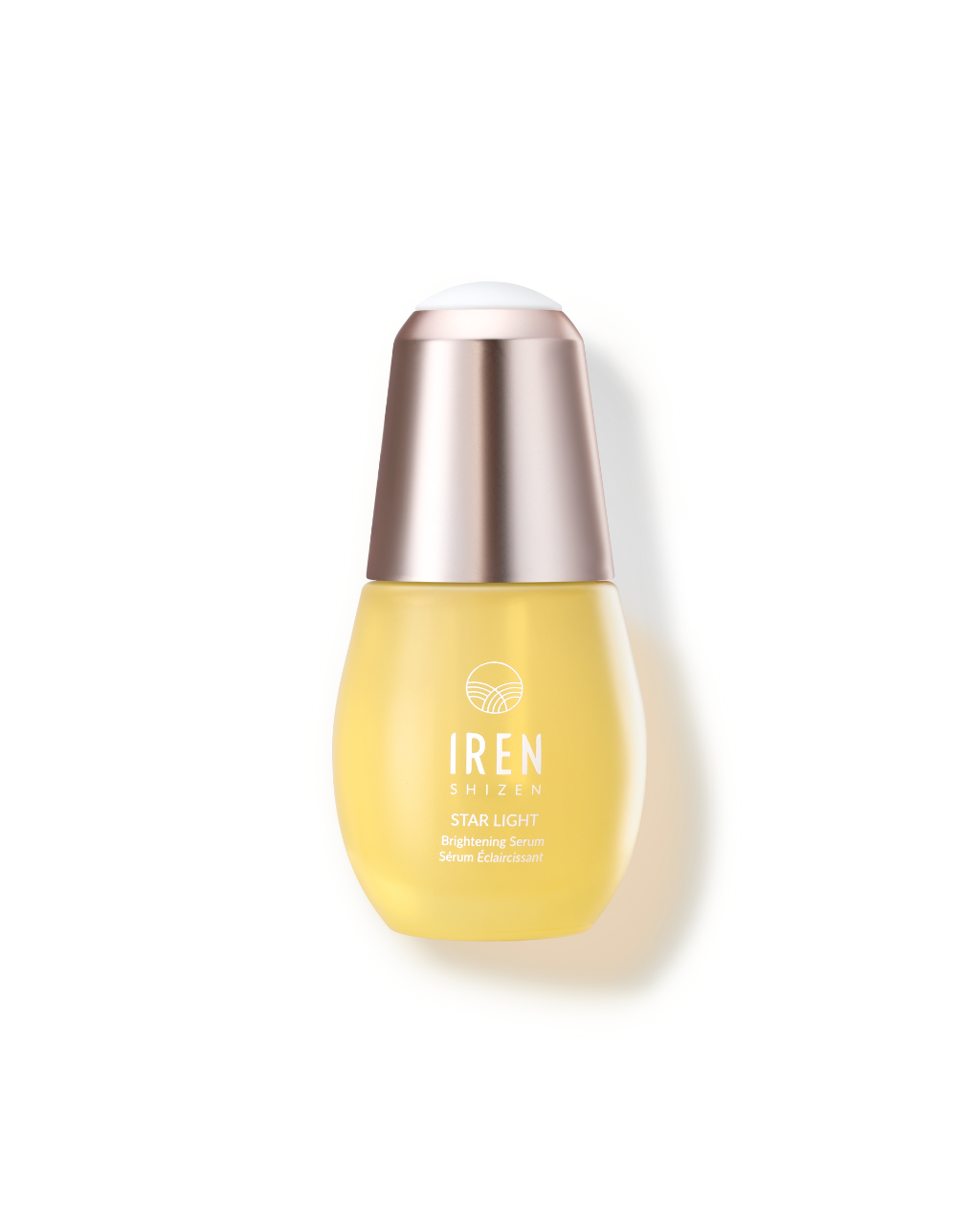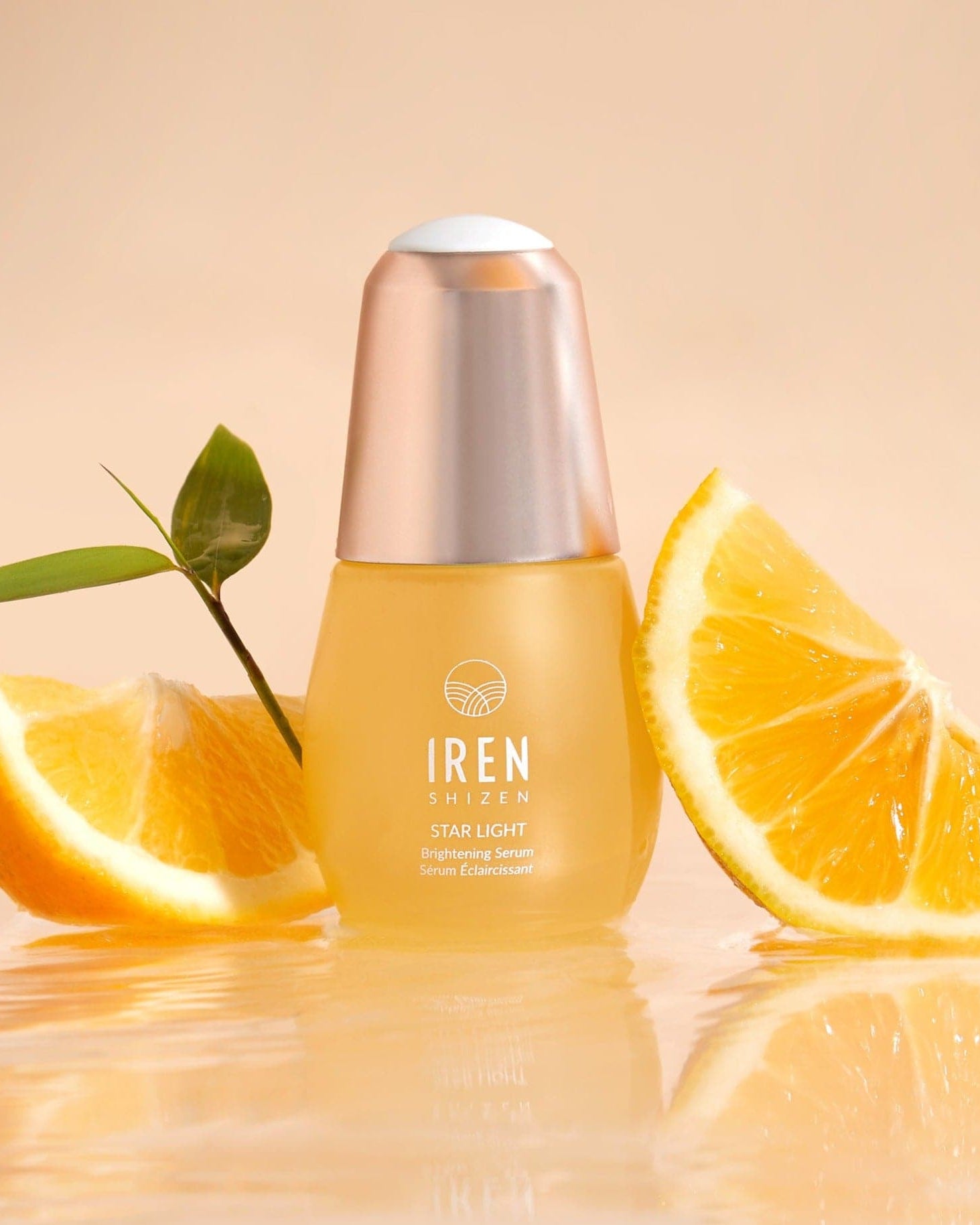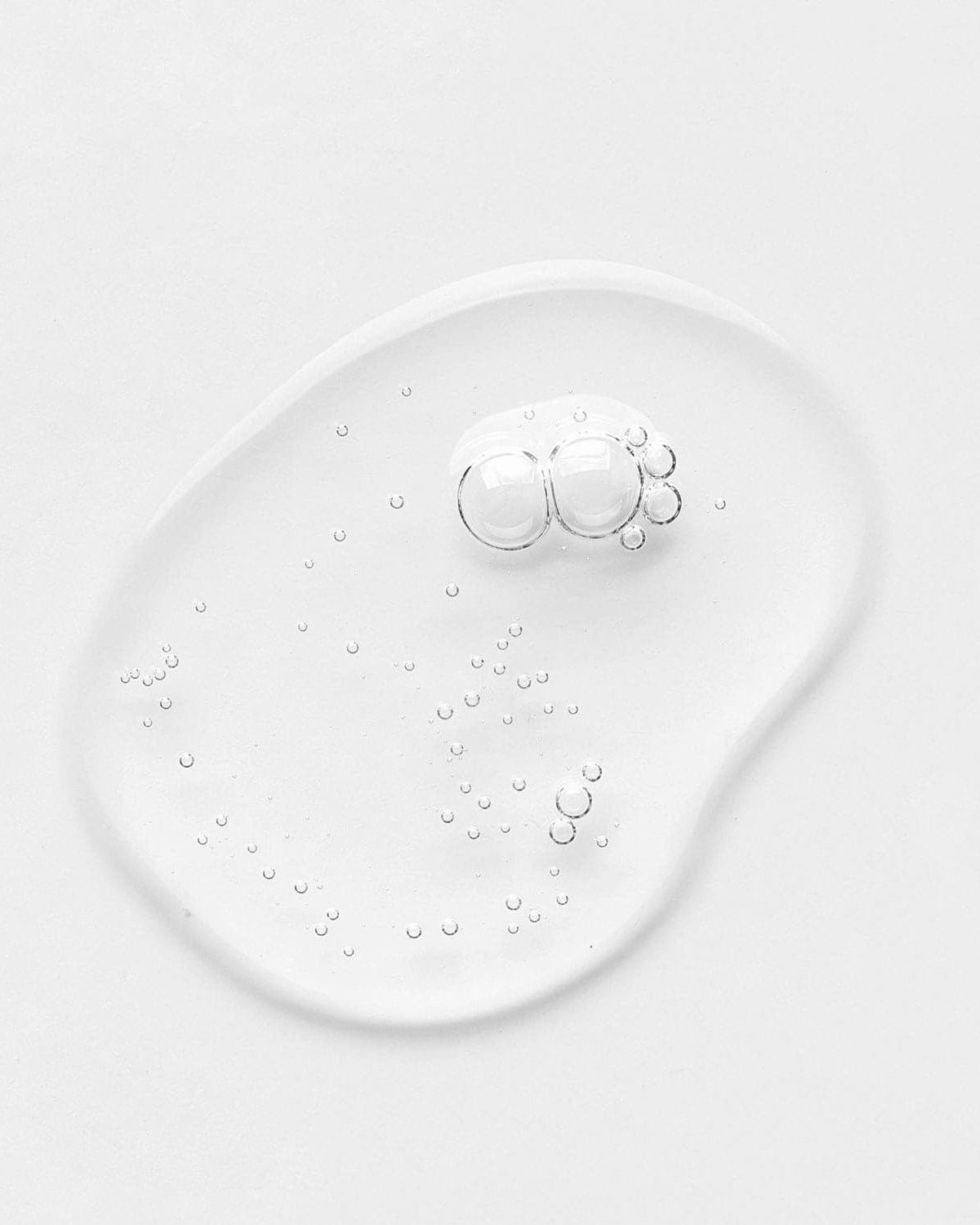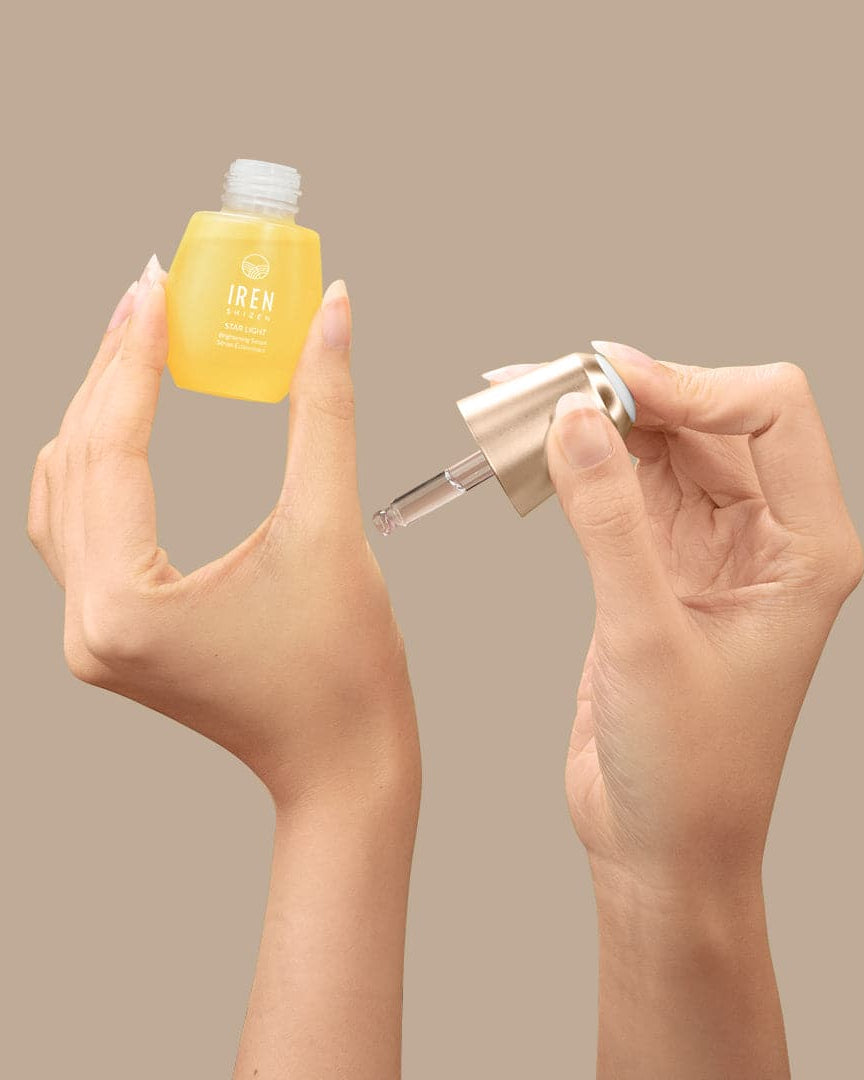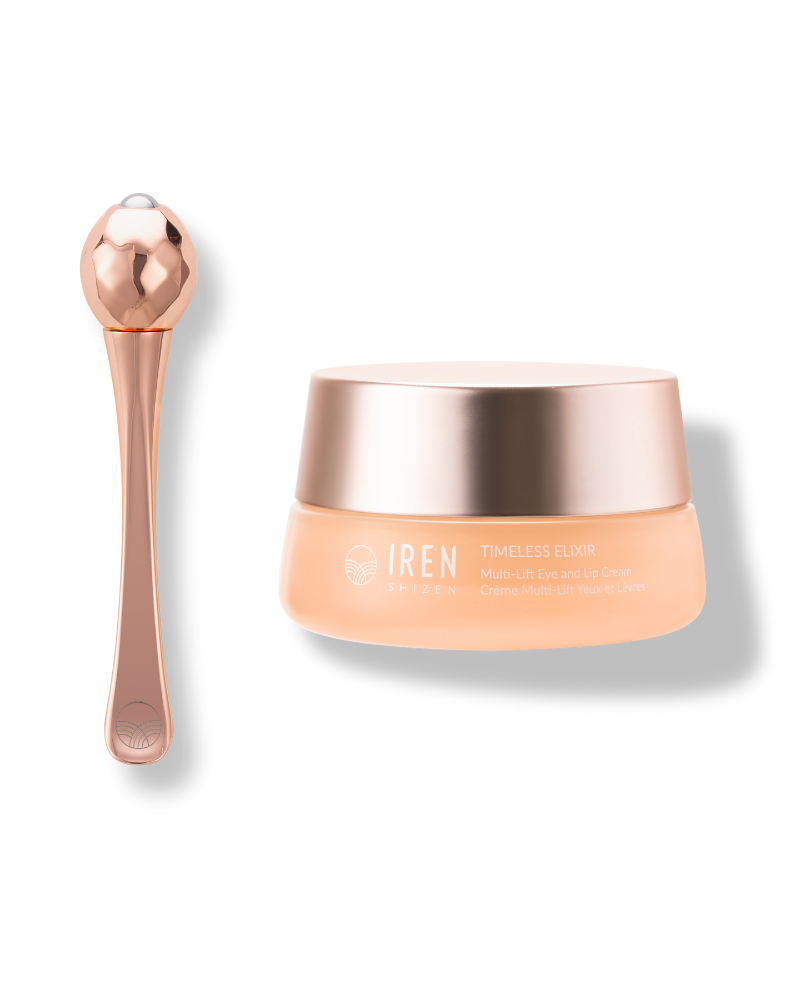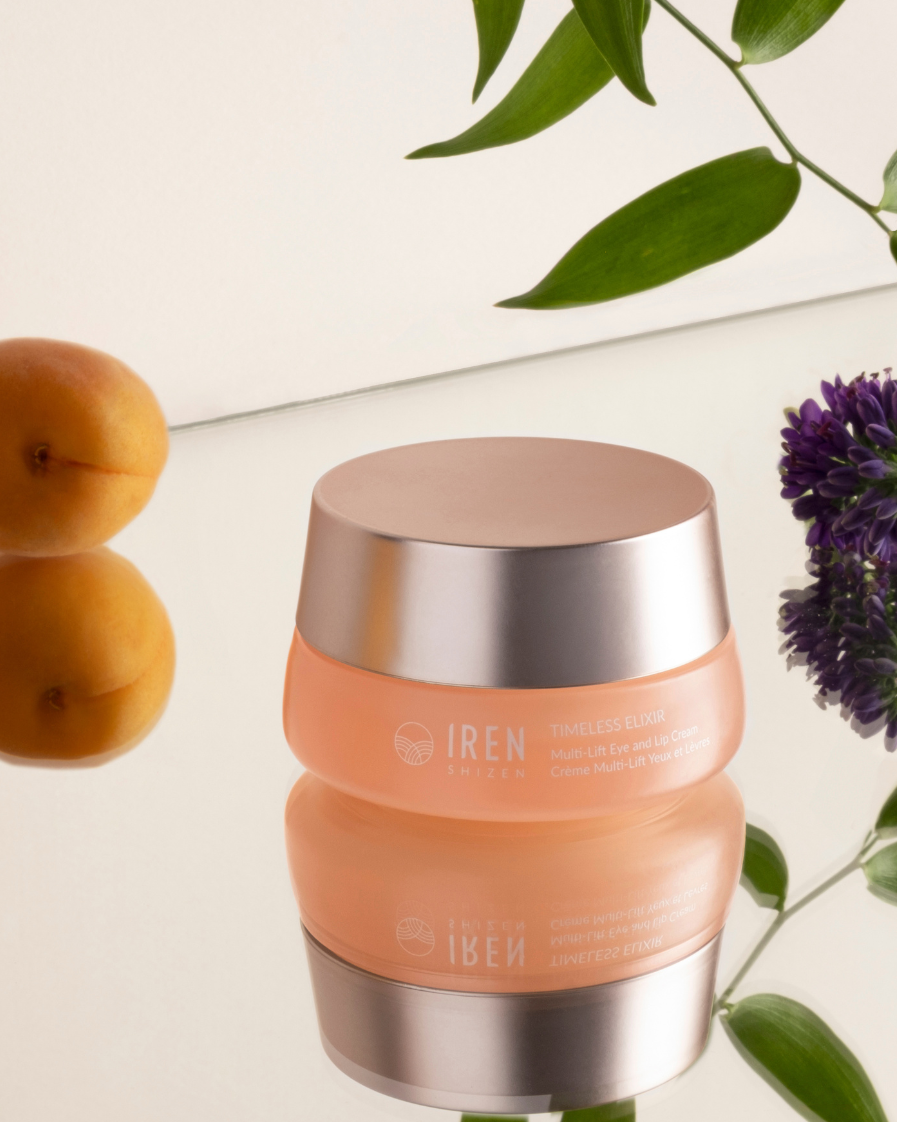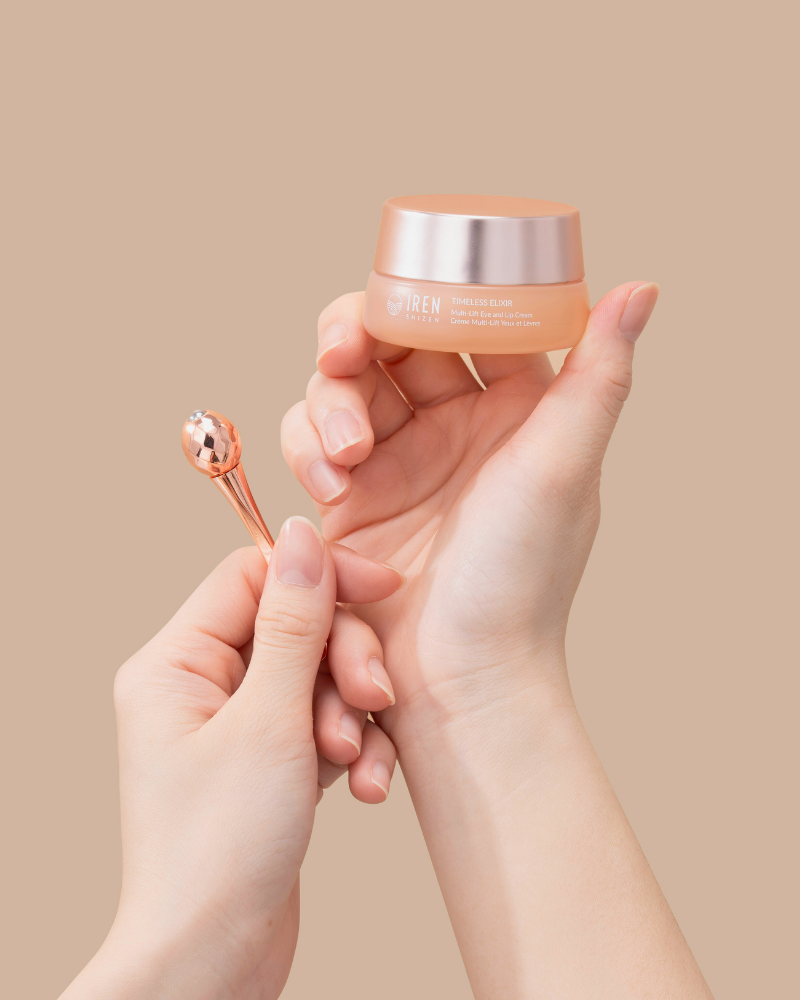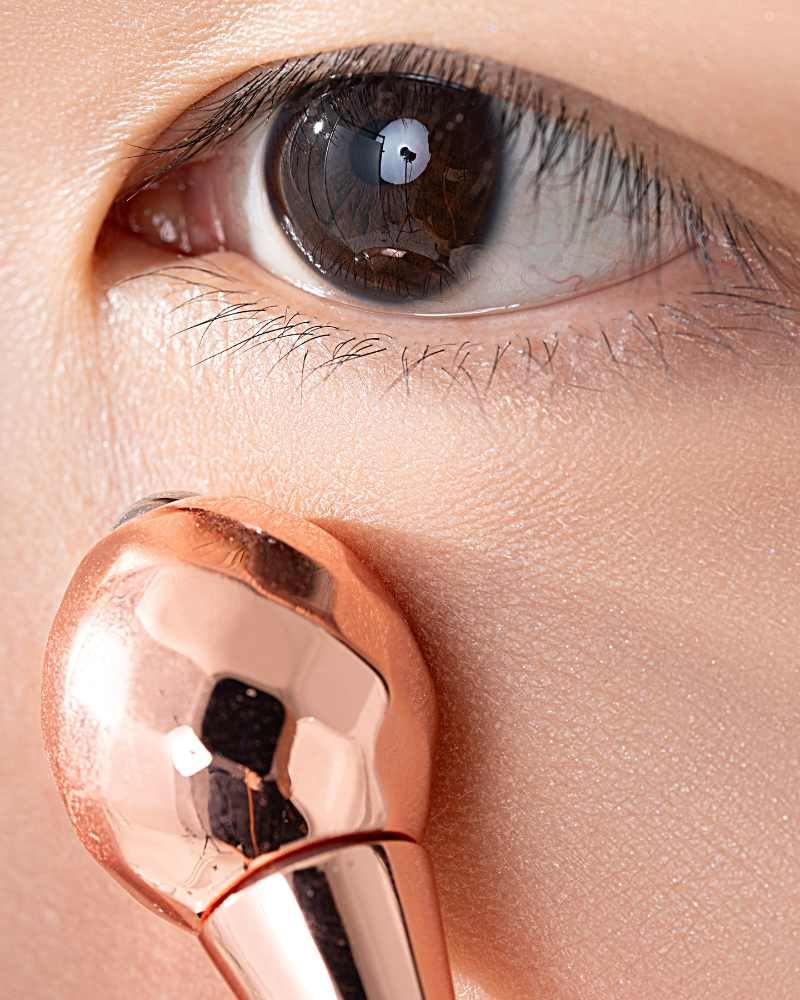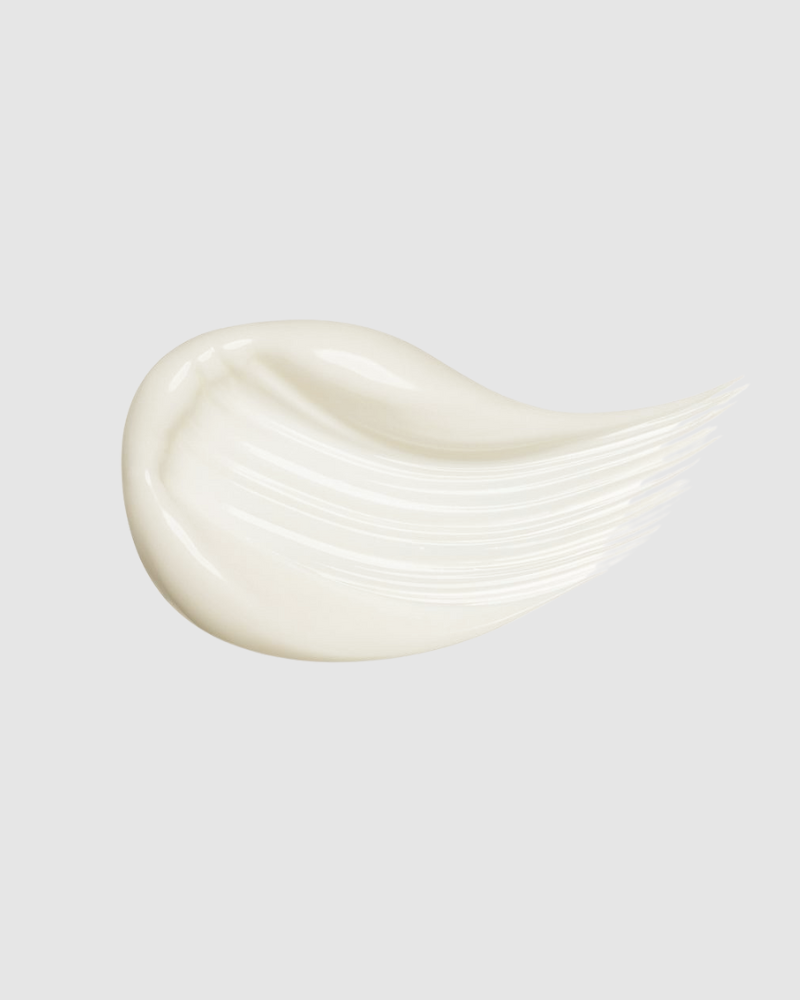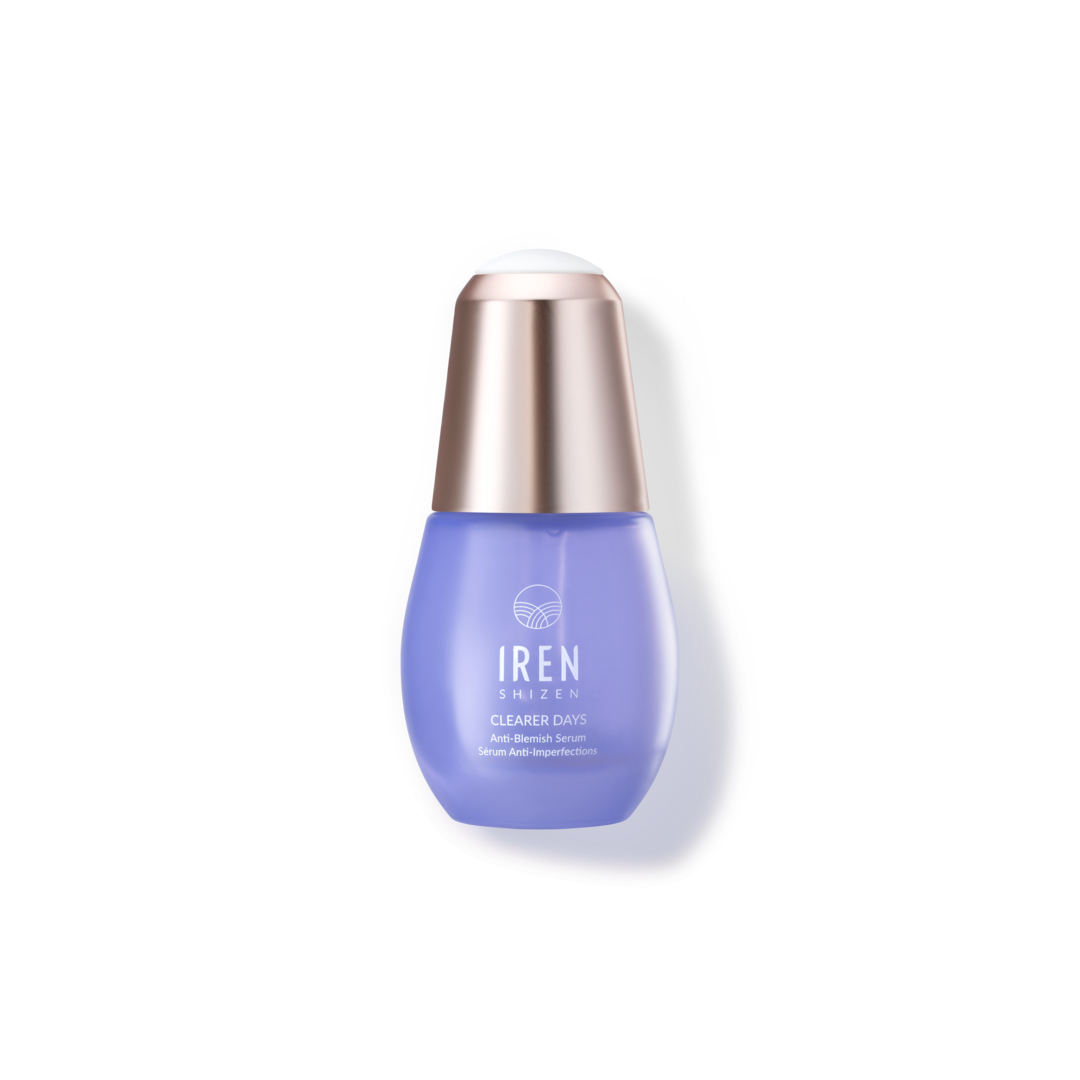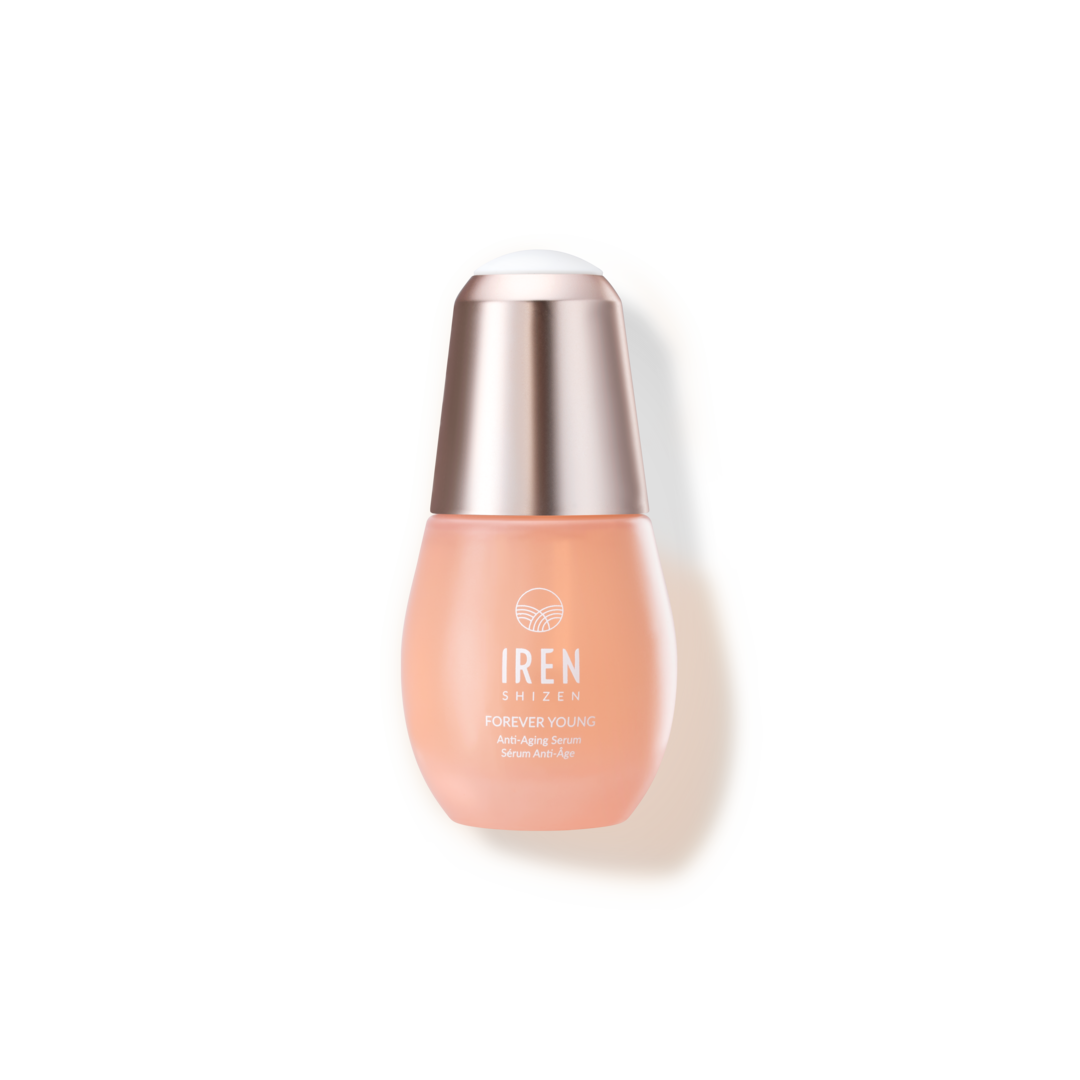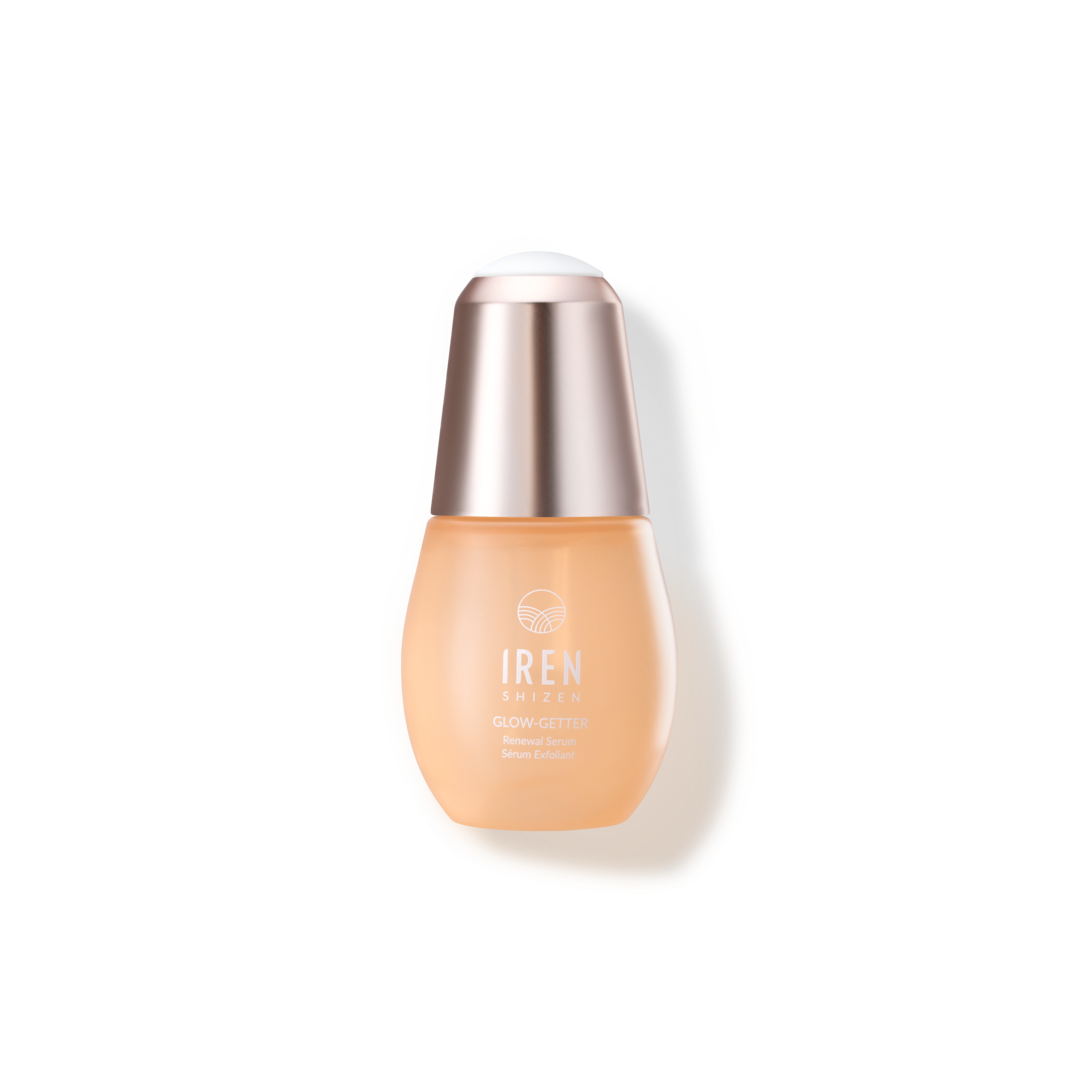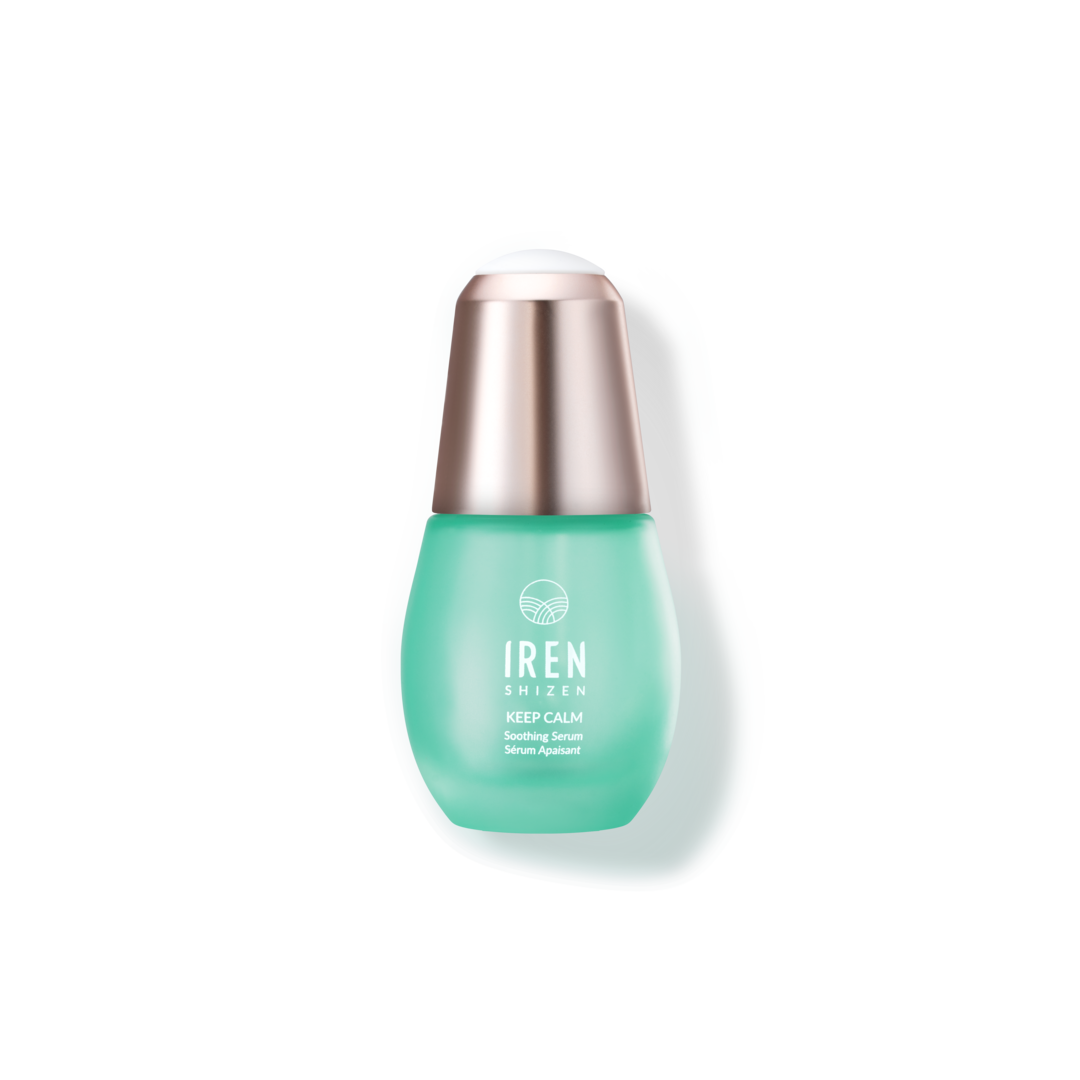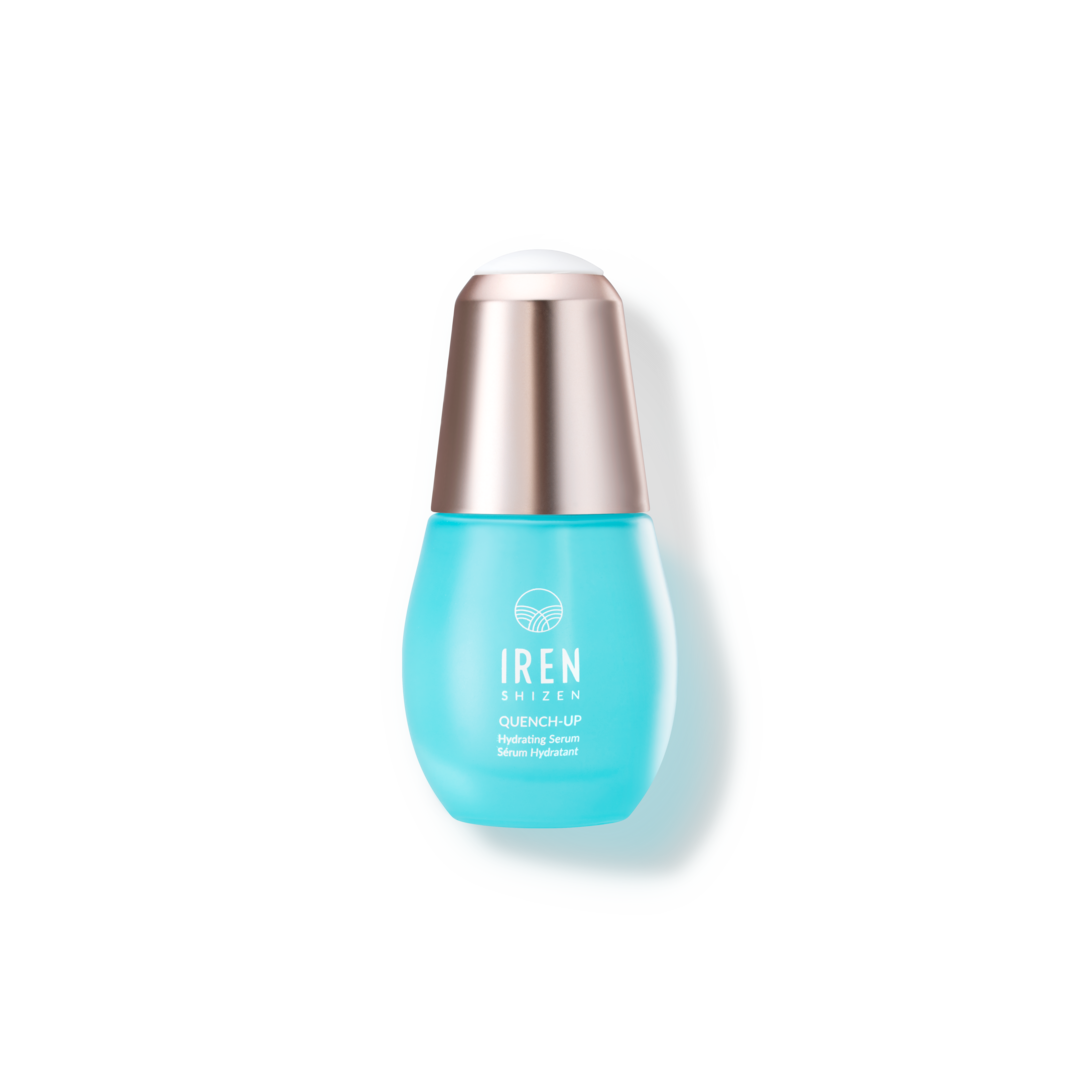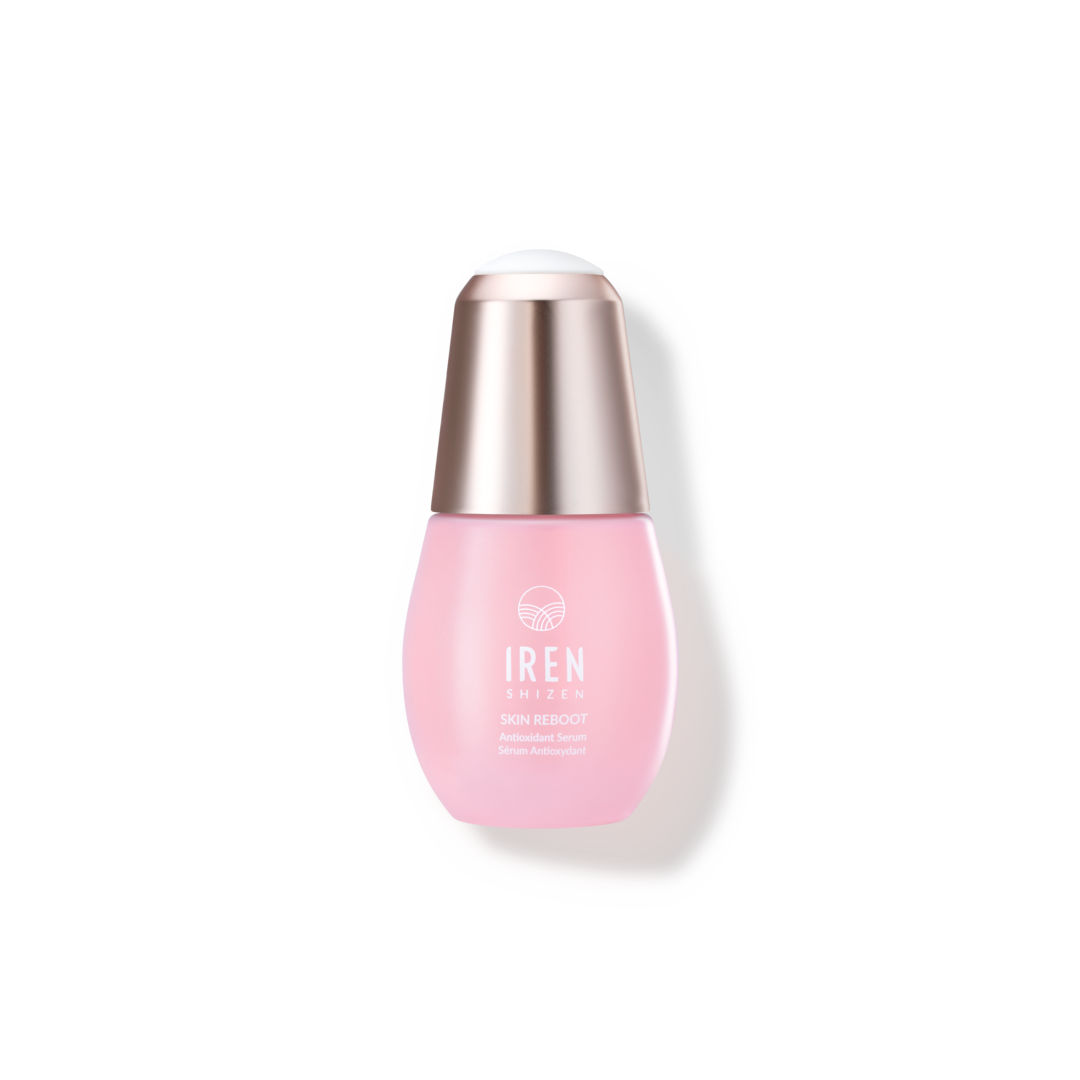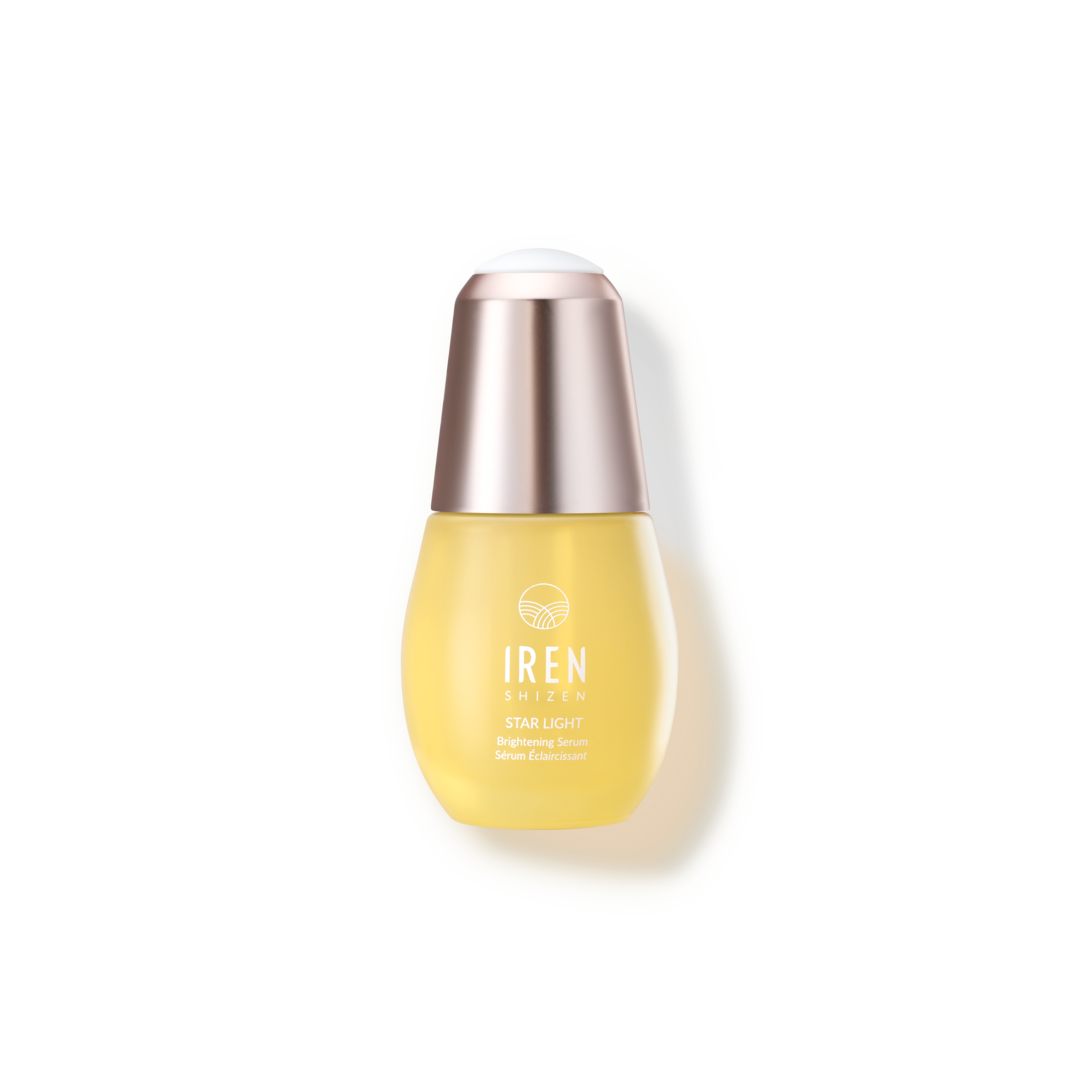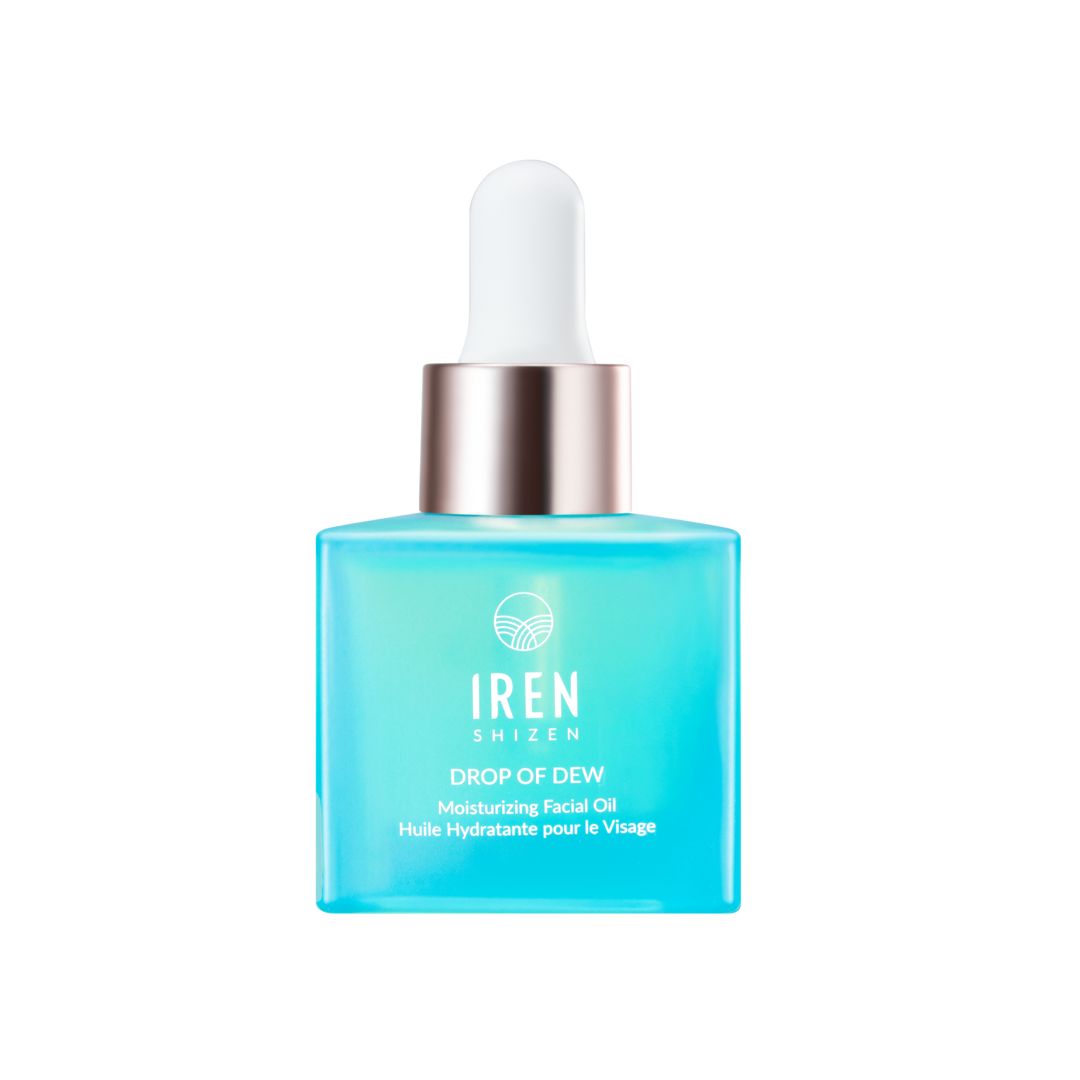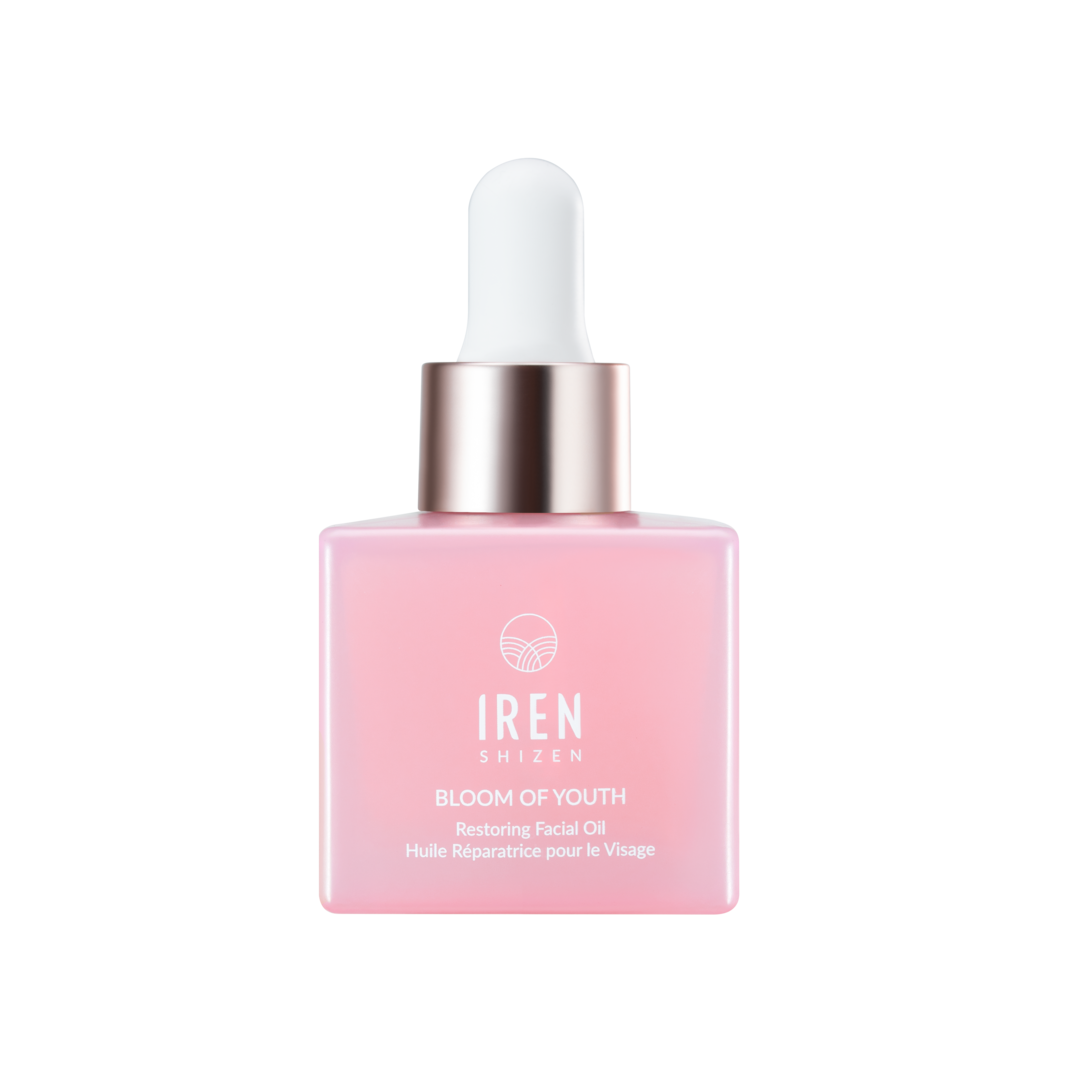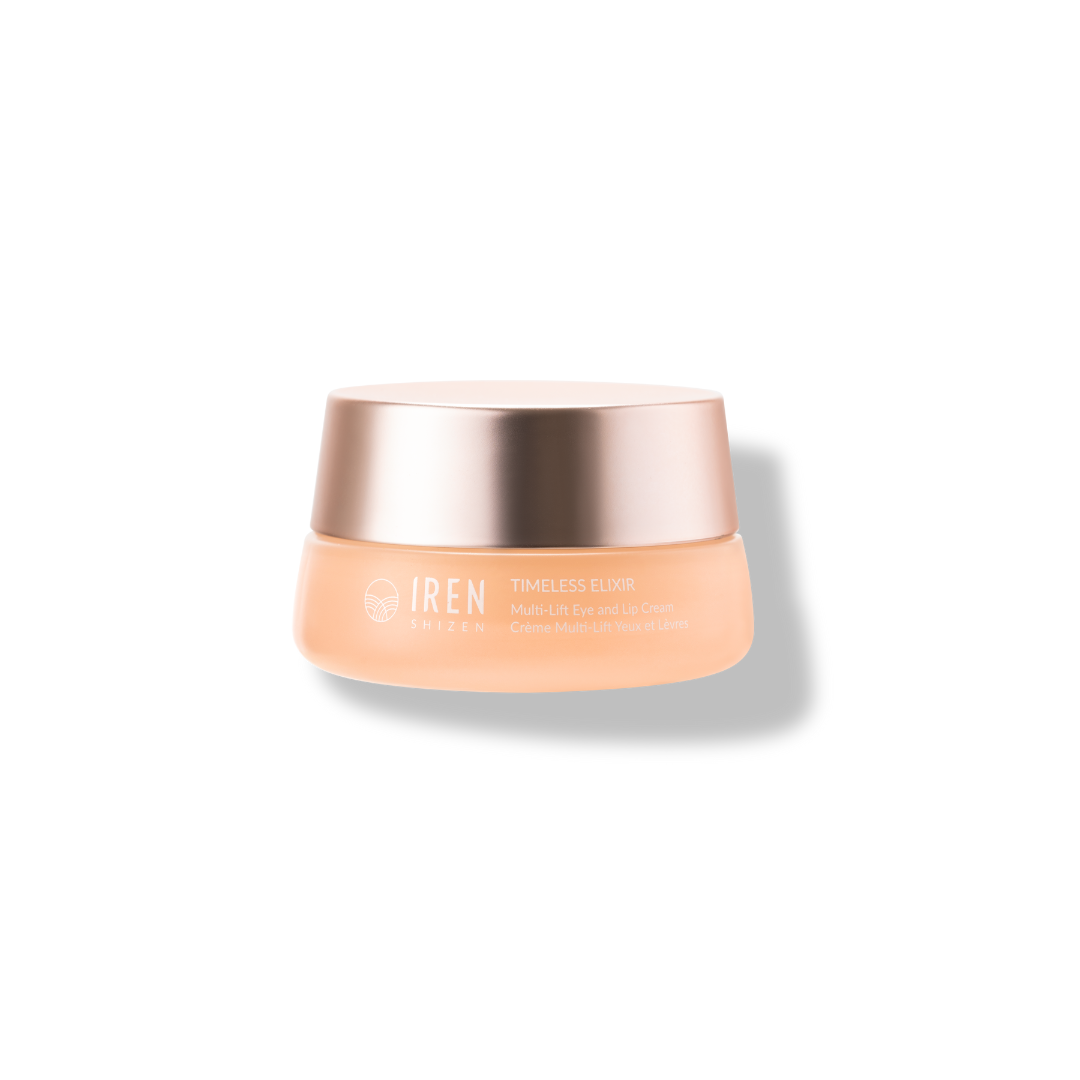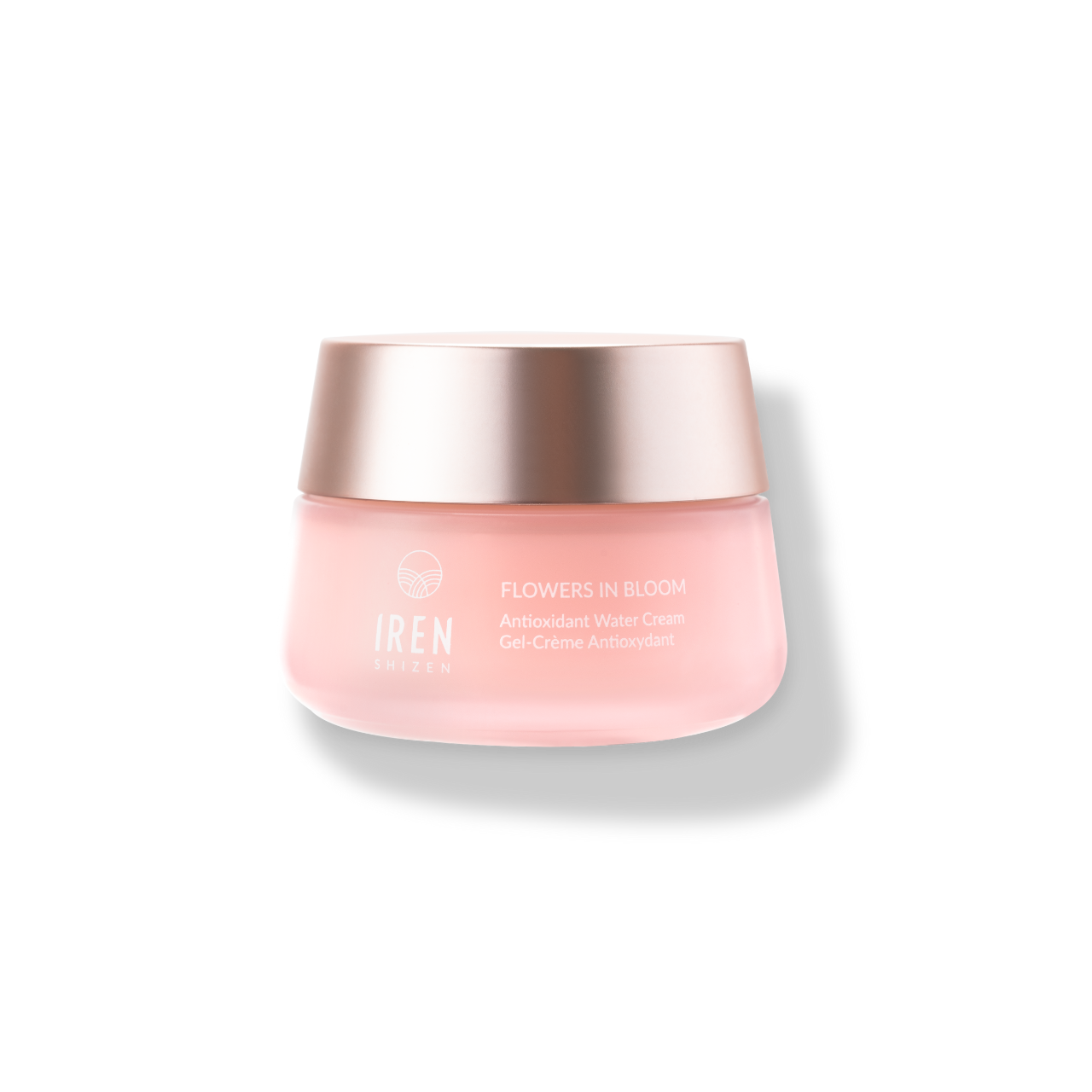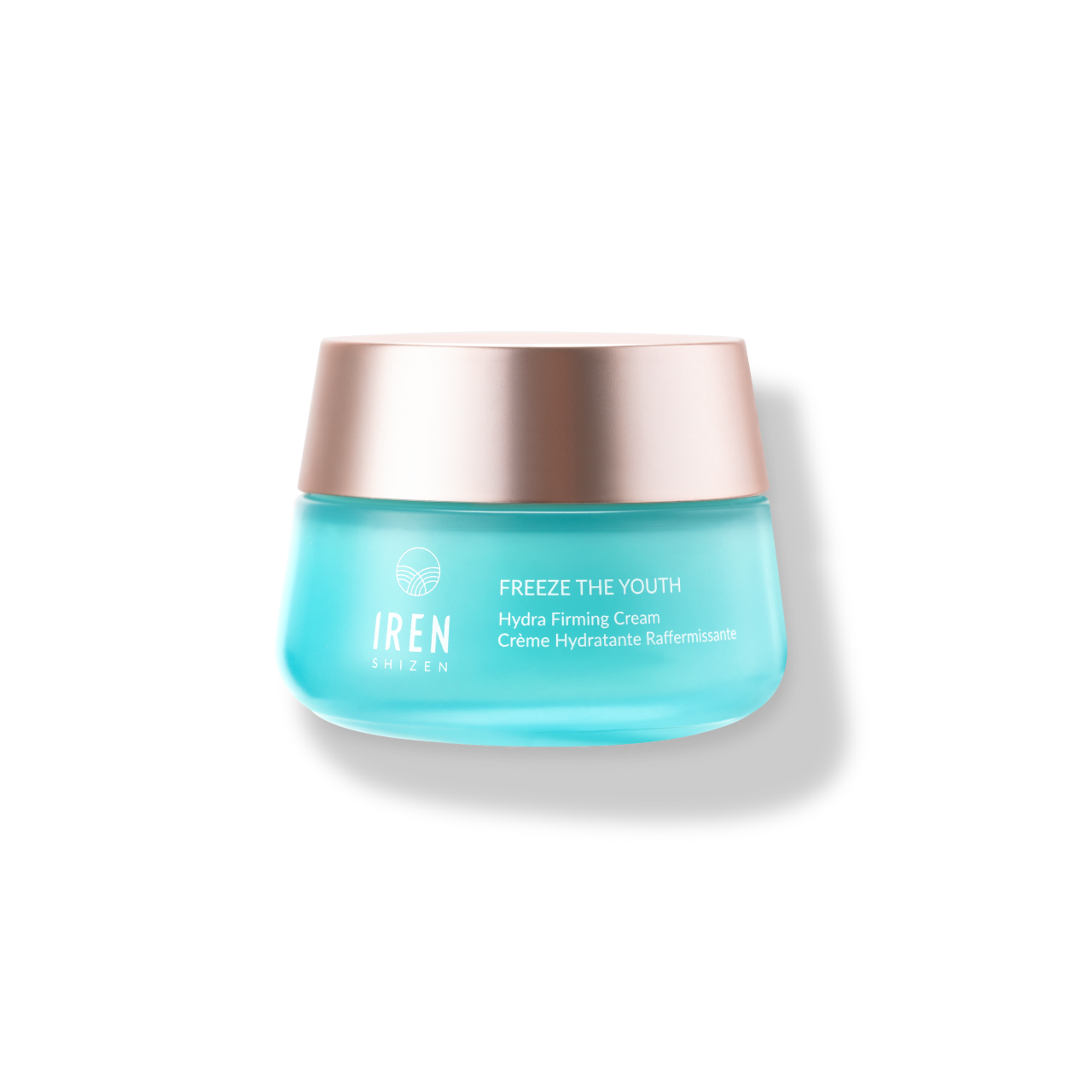- Red Flag #1: Using Common Names Instead of INCI Names
- Red Flag #2: Using Trade Names Instead of Real Ingredients
- Red Flag #3: Random Adjectives Added to Ingredients
- Red Flag #4: Using Names That Are Too General
- Red Flag #5: Repeating Ingredients (Yes, It Happens!)
- Red Flag #6: Ingredients Are Not Listed in Descending Order (Up to the 1% Mark)
- Red Flag #7: Incomplete Ingredient Lists (Only Showing Key Ingredients)
- Red Flag #8: Unrealistic Active Ingredient Percentage Claims
A cheat sheet for decoding your skincare labels like a pro.
Ever picked up a skincare product, glanced at the ingredient list, and felt like you were reading another language? (Yep, we’ve all been there.) With so many complex names, clever marketing terms, and hidden pitfalls, how do you know if your skincare is actually good for your skin?
Can you spot the red flags without a chemistry degree? Can you even trust what’s on the label?
If these questions have ever crossed your mind, you’re in the right place. Here’s your go-to guide for identifying questionable ingredient lists—because when it comes to skincare, knowledge is power.

What Is an Ingredient List?
If you’re new to the world of skincare, let’s start with the basics: the ingredient list. This little section on your product packaging holds everything you need to know to decide if a formula is right for you. And yes, there are strict rules about how it must be written.
According to the Cosmetic Products Regulation in Europe, every cosmetic label must list all ingredients used in the formulation—using standardized terms that are consistent across the entire European Union.
(And in case you’re wondering, similar regulations apply in most parts of the world.)
Take a look at any standard cosmetic label, and you’ll notice one thing: the ingredient list is always given a prominent place. But why is it so important?
Here’s why: Lorna Bowes, director of the Journal of Aesthetic Nursing, explains,
An ingredient list should include any substance or mixture intentionally used in the product during the manufacturing process.
In other words, it tells you exactly what’s inside—so you can make informed choices, avoid allergens, and steer clear of ineffective or questionable products. (No more falling for fancy marketing claims!)
Sounds useful, right? No more wasted money on products that don’t work for your skin.
But here’s the real question: Do you need years of study to decode every single ingredient?
Nope. The secret is knowing your own skin—its needs, sensitivities, and what works for you. That’s all that really matters.
So, if you’re ready to sharpen your label-reading skills, let’s dive into some key rules.
The INCI Name Rule
One of the most important rules in skincare labeling? Using scientific names. Every cosmetic ingredient must be listed using its standardized International Nomenclature of Cosmetic Ingredients (INCI) name—a globally recognized system for identifying cosmetic ingredients.
At first glance, INCI names might seem overwhelming (we get it—some of them are mouthfuls). But with a little practice, you’ll start recognizing them with ease.
According to the Personal Care Products Council in the U.S., it’s mandatory for brands to use INCI names on ingredient lists.
What does that mean for you?
- Instead of seeing Green Tea Leaf, you’ll see its official name: Camellia Sinensis Leaf Extract.
- All ingredients above 1% must be listed in descending order (but brands aren’t required to disclose exact percentages due to trade secret protections by the FDA).
Sounds straightforward, right? Yet, you’d be surprised how many brands fail to follow even these two simple rules.
Why do some brands skip this?
Theories range from marketing tactics to sheer incompetence (or both). A vague, incomplete, or incorrect ingredient list should raise some serious red flags. After all, if a company can’t even be transparent about what’s inside their product, can you really trust their formula?
To protect yourself from shady skincare, let’s break down the eight biggest ingredient list red flags you need to watch out for. 🚩

Eight Ways to Spot a Shady Ingredient List
After years of working in the skincare industry, we’ve seen it all—the clever marketing tricks, the misleading claims, and the ingredient lists that just don’t add up. That’s exactly why we created this cheat sheet—so whether you’re a total beginner or a seasoned skincare junkie, you’ll have the knowledge to make smart, informed choices.
So, what are the rules?
What should you watch out for? What red flags signal that a brand might not be as transparent as it seems?
Let’s break it down step by step—because once you know what to look for, you’ll never be fooled again.
Red Flag #1: Using Common Names Instead of INCI Names
What’s wrong with using common names for ingredients? Wouldn’t it be simpler and easier to understand?
Not exactly. Here’s why.
The common name of an ingredient refers to its local or generic name—what people typically call it. But while this sounds convenient, it can be highly misleading.
Take Green Tea, for example. It’s well-known for its anti-inflammatory benefits, but did you know there are hundreds of species of green tea? Depending on where it’s grown (climate, soil, and processing methods), its properties can vary significantly. One version might be rich in antioxidants, while another could have lower potency.
Another great example? Retinol. It’s a form of Vitamin A, but brands can’t just list "Vitamin A" on the label—because there are multiple variations, each with different effects:
- Adapalene – a synthetic retinoid commonly used for acne.
- Tretinoin – a prescription-strength retinoid for wrinkles and skin renewal.
Different forms of an ingredient mean different benefits and different results—which is exactly why the INCI system exists. It provides standardized, precise terminology so consumers (and professionals) can accurately assess what’s inside a product.
That being said, some rare or locally sourced ingredients may not have an official INCI name yet—but those are exceptions, not the rule.
Bottom line? If a product only lists common names instead of proper INCI names, it could be a sign that the brand isn’t being fully transparent about its formulation. (And that’s a red flag you don’t want to ignore.) 🚩
Red Flag #2: Using Trade Names Instead of Real Ingredients
This one’s a bit tricky. Are trade names shady or just part of the beauty industry’s secret formulas?
A trade name is a branded name for a specific ingredient or proprietary blend. It can be:
- A single ingredient that’s been researched and developed for years.
- A compound of multiple ingredients (sometimes inspired by traditional remedies, like ancient herbal blends used by Asian royalty).
Sounds fancy, right? But here’s the problem.
Why trade names can be misleading?
If you see something like "Complex-7" or "Bio-Restore Peptide Blend" in an ingredient list, that’s a trade name. The issue? It’s against INCI rules—because instead of transparency, it hides the actual ingredients behind a marketing term.
Instead of listing “Complex-7,” the label should break it down into its actual components—like Camellia Sinensis Leaf Extract, Chamomilla Recutita Flower Extract, and Peptides—in descending order of concentration.
Are trade names always bad?
Not necessarily. Large corporations or well-established brands often create patented complexes as a result of extensive R&D. In these cases, trade names might be legitimate.
However, if a brand is replacing actual ingredient names with trade names just to sound more luxurious—or worse, to hide what’s really inside—that’s a red flag.
So, what should you do?
If you spot a trade name in the ingredient list, do a little research:
- Check if the brand provides a breakdown of what’s inside the complex.
- Look up the trade name to see if it has scientific backing or if it’s just a vague marketing term.
- Trust your gut—if the brand isn’t transparent, it might not be worth your money.
At the end of the day, skincare should be about clarity, not mystery. If a brand is confident in its formula, it won’t need to hide behind fancy names. 🚩

Red Flag #3: Random Adjectives Added to Ingredients
Ever come across an ingredient list that proudly mentions things like “Organic Herb” or “Cold-Pressed Oil”? Sounds impressive, right? (Almost too good to be true.) Well, here’s the catch: this is actually against INCI rules.
Why is this a problem?
The INCI system is designed to be clear, standardized, and free from marketing fluff. That means no extra adjectives like:
- Organic
- Wild-harvested
- Cold-pressed
- Dried
- Infused
While these terms might sound appealing, they don’t belong in the official ingredient list. If this information is important, it should be noted separately—usually with an asterisk (*) and a footnote explaining the details.
Why do brands do this?
Simple: marketing. Words like “organic” or “cold-pressed” make products seem more natural, luxurious, or effective. But when these adjectives sneak into the ingredient list, it’s often an attempt to distract from what’s really inside.
What should you look for?
- A clean, straightforward ingredient list with just the INCI names.
- Additional claims (like “organic” or “sustainably sourced”) clearly listed outside the ingredient list, usually with certifications to back them up.
Bottom line? If a brand is bending the rules to make their product sound fancier, what else might they be hiding? Always look for transparency over trendy buzzwords. 🚩
Red Flag #4: Using Names That Are Too General
Ever spotted an ingredient list that simply says “Silicone” or “Essential Oils”? Sounds straightforward, right? But here’s the thing—it’s way too vague.
Why is this a problem?
Not all silicones are created equal. The term “Silicone” could refer to any number of derivatives, like Dimethicone, Cyclopentasiloxane, or Amodimethicone—each with different properties, textures, and skin benefits (or potential irritants). If a brand doesn’t specify which silicone they’re using, it’s impossible to know what you’re really putting on your skin.
The same goes for “Essential Oils.” This term covers a wide range of concentrated plant extracts—like Lavender Oil, Tea Tree Oil, or Peppermint Oil—all of which have vastly different effects on the skin.
Why it matters?
You might think, “Well, as long as the product works, who cares?” But here’s the catch:
- If you have sensitive skin or allergies, this lack of detail can be a big problem.
- Essential oils, while great for stress relief and certain skin concerns, can be irritating—or even trigger allergic reactions—if you’re sensitive to specific plants.
- And with climate change and environmental stressors on the rise, sensitive skin is more common than ever.
What to look for?
- The ingredient list should specify the exact name—like Dimethicone (not just “Silicone”) or Lavandula Angustifolia Oil (not just “Essential Oils”).
- If the label is vague, don’t be afraid to reach out to the brand for clarification. Transparency is key.
Bottom line? If a brand keeps it too general, that’s a red flag. 🚩 When it comes to skincare, specificity equals safety.
Red Flag #5: Repeating Ingredients (Yes, It Happens!)
This one might make you raise an eyebrow: repeated ingredients on an ingredient list. You’d think, “How could a professional brand make such a sloppy mistake?”
Well… it happens more often than you’d expect.
How does this happen?
Sometimes, brands list the same ingredient twice under different names—either by accident or (in some cases) to make the formula look more complex than it really is.
For example:
- Sodium Hyaluronate and Hyaluronic Acid might both appear on the same list. But guess what? They’re essentially the same thing—just different forms of the same molecule.
- Another example could be Tocopherol and Vitamin E listed separately, even though Tocopherol is Vitamin E.
Why it's a red flag?
- It shows a lack of attention to detail. If a brand isn’t careful with their ingredient list, what does that say about the rest of their formulation process?
- It can be misleading. Repeating ingredients makes the formula seem more “active” or impressive than it really is.
- It raises questions about expertise. Cosmetic chemists know better—so if this mistake slips through, it’s either carelessness or a sign of inexperience.
What should you do?
If you spot repeated ingredients, it’s worth reconsidering the product. Mistakes happen, but in skincare, where precision matters, it’s not a great look.
Bottom line? If a brand can’t get the basics right, can you trust them with your skin? 🚩

Red Flag #6: Ingredients Are Not Listed in Descending Order (Up to the 1% Mark)
Here’s a sneaky trick that happens more often than you’d expect: ingredients listed out of order.
By regulation, ingredients in a cosmetic product must be listed in descending order of concentration—at least until the 1% mark. After that, ingredients under 1% can appear in any order.
But some brands like to bend this rule.
Why do brands do this?
Simple: marketing.
They’ll put a trendy active ingredient—like Vitamin C, Retinol, or Hyaluronic Acid—right at the top of the list, even if it’s only present in a tiny amount. Why? Because they know it’ll catch your eye and make you think, “Wow, this product must be packed with actives!”
Spoiler alert: It’s not. This is misleading, and worse, it may indicate the product doesn’t meet FDA or EU labeling standards. 🚩
Red Flag #7: Incomplete Ingredient Lists (Only Showing Key Ingredients)
Another red flag? Ingredient lists that look suspiciously short or only highlight “hero” ingredients.
Sure, it’s fine to spotlight key actives in a product brochure or marketing material. But on the actual product label, the brand is legally required to list every ingredient—including the unsung heroes like:
- Preservatives (e.g., Phenoxyethanol)
- Emulsifiers (to keep water and oil mixed)
- Solvents (like Alcohol or Propanediol)
- Humectants (like Glycerin)
If you don’t see common base ingredients like Water (Aqua) or Alcohol, that’s a huge red flag. It could mean:
- The product isn’t properly registered.
- The brand is hiding something.
- Or worse—they’re not following regulatory standards at all.
Bottom line?
- Always check that ingredients are listed in the correct order.
- Look for a complete ingredient list, not just the pretty actives.
Because if a brand can’t be honest about what’s in the bottle, can you really trust what’s inside? 🚩
Red Flag #8: Unrealistic Active Ingredient Percentage Claims
Here’s a big one—products claiming sky-high concentrations of active ingredients. Not only is this misleading, but in many cases, it’s actually illegal.
Why is this a serious red flag?
Claiming excessively high percentages of actives like Retinol, Vitamin C, or Acids isn’t just bad marketing—it’s potentially dangerous. There are strict regulations in place to ensure that cosmetic products remain safe for regular use.
For example, Retinol is a powerhouse ingredient, but it comes with risks when used in high concentrations. According to Dr. Zane from the University of Ljubljana, Slovenia:
Retinoid concentration in cosmetics is restricted to 0.05% Retinol Equivalents (RE) in body lotions and 0.3% RE in hand and face creams, as well as other leave-on or rinse-off products.
So, if you stumble across a product claiming to have 2%, 5%, or even 10% Retinol— that’s a major red flag. It’s either:
- A false claim (meaning you’re not actually getting what you paid for),
- A potential health risk if the concentration is real but improperly formulated or
- A product that doesn’t meet regulatory standards and shouldn’t be on the market in the first place.
How can you spot this?
While it’s tricky without a background in skincare science, here are a few tips:
- Know the limits for common actives like Retinol, Salicylic Acid, and Vitamin C.
- Be skeptical of products claiming extreme potency—especially from lesser-known brands.
- Consult a dermatologist if you’re unsure (especially for actives known to cause irritation at high doses).
Bottom line? If it sounds too good to be true, it probably is. Effective skincare doesn’t come from extreme concentrations—it comes from well-balanced, scientifically-backed formulations. 🚩
The Ingredient List Has Its Limitations
While the ingredient list is your best friend for understanding what’s in your skincare, it’s not the whole story—especially when it comes to natural products.

The INCI System’s Biggest Challenge: Plant Extracts
When it comes to herbal extracts, things get a little complicated. Why?
- Complex Composition: Herbal extracts aren’t just one ingredient—they’re a cocktail of natural compounds. For example, Ginseng Extract isn’t just “ginseng”—it contains a mix of active compounds, like ginsenosides, alongside other plant components.
- Hidden Allergens: This complexity makes it hard to pinpoint potential allergens. If you’re sensitive to a specific plant compound, the ingredient list might not spell it out clearly.
- Low Active Concentration: Most plant extracts contain a very small amount of the actual active ingredient. That’s why natural products tend to be milder, offering gradual, long-term benefits rather than dramatic, overnight results.
Seeing “80% Ginseng Extract” on a label sounds impressive, right? But here’s the reality:
- That percentage often refers to the extraction solvent (usually water or alcohol) in which the ginseng was soaked—not the actual concentration of ginsenosides (the real active compound in ginseng).
- In many cases, it’s just alcohol with a hint of ginseng—and that’s if real ginseng was even used to begin with.
What does this mean for you?
- If you’re looking for gentle, skin-soothing benefits, plant extracts are great.
- But if you want potent, fast-acting results, natural extracts alone might not deliver.
- Always check for standardized extracts—this means the active compound (like ginsenosides) is measured and guaranteed, not just the plant name.
Bottom line? The ingredient list is a great tool, but when it comes to natural products, reading between the lines is just as important. 🚩
The Hidden Story: Ingredient Sources
Here’s something most people don’t realize: the source of skincare ingredients is often a mystery.
Why isn't this information disclosed?
While ingredient lists tell you what is in the product, they don’t reveal where those ingredients come from. This information is usually included only in the product’s regulatory documents—accessible only to government authorities like the FDA in each country.
Does the source matter?
From a purely scientific perspective, the molecule is the molecule—whether it’s derived from plants, animals, or synthesized in a lab. Its effect on your skin remains the same. For example:
- Hyaluronic Acid can be sourced from rooster combs or produced through fermentation of plant-based materials. The end product? Identical in function.
- Glycerin might come from animal fats or plant oils, but chemically, it’s still glycerin.
When the source does matter?
While the ingredient’s structure may be the same, the source can matter for:
- Vegan or cruelty-free concerns (if you avoid animal-derived ingredients).
- Religious or ethical reasons (e.g., halal, kosher, or ethical sourcing practices).
- Severe allergies related to cross-contamination during production.
How to find out the source?
Since brands aren’t required to list this information, you’ll need to reach out directly to the manufacturer if it’s important to you. A transparent company will happily share this information—because they have nothing to hide.
Bottom line? The ingredient list tells part of the story, but if you care about where your ingredients come from, don’t hesitate to ask the brand. 🚩 Lack of transparency? That’s a red flag.

Predicting the Feel: What Ingredients Can Tell You
While an ingredient list won’t magically reveal how a product will feel on your skin, you can make some pretty good guesses—if you know what to look for.
How can ingredients hint at texture?
Certain ingredients have distinct characteristics that influence the texture, finish, and feel of a product. Here’s how to spot them:
- Silicones (like Dimethicone or Cyclopentasiloxane): Expect a smooth, silky, almost velvety feel with a blurring effect on the skin. (Think: primer-like finish.)
- Glycerin or Hyaluronic Acid: Products heavy in humectants often feel slightly tacky or sticky right after application, especially if there’s not enough oil or emollient to balance them out.
- Butters (like Shea Butter or Cocoa Butter): These tend to be rich, thick, and creamy, leaving a nourishing, sometimes heavy layer on the skin—perfect for dry skin but potentially too much for oily types.
- Alcohol Denat: High up on the list? Expect a lightweight, fast-drying feel, often with a refreshing (but potentially drying) effect.
- Oils (like Jojoba, Squalane, or Rosehip): Depending on the oil, the product may feel light and quick-absorbing (like Squalane) or rich and greasy (like Coconut Oil).
Why this matters?
While the actual feel will depend on the full formulation (including how ingredients interact), knowing a few key players can help you:
- Predict if a product will suit your skin type (e.g., lightweight for oily skin, rich for dry skin).
- Avoid textures you dislike (because not everyone loves that silicone-smooth feel).
- Spot potential irritants based on past experiences.
Bottom line? You can’t feel a product through a label, but with a little ingredient knowledge, you’ll be one step ahead—making smarter, skin-friendly choices without ever opening the bottle. 🚩
The Efficacy Myth: Why Ingredients Alone Don’t Tell the Whole Story
It’s easy to assume that if two products have the same ingredients, they’ll deliver the same results. Spoiler alert: That’s not how skincare works.
Why the ingredient list doesn't tell you everything?
While the ingredient list can give you clues about what a product might do, it doesn’t reveal the full picture. That’s because a product’s effectiveness depends on much more than just what’s inside. Factors like:
- The Formula: How ingredients are combined matters. A powerful active can be rendered useless if not properly balanced with supporting ingredients.
- Ingredient Source: The purity and quality of the raw materials play a big role. (Not all Vitamin C is created equal.)
- Stability: Some ingredients, like Vitamin C or Retinol, are notoriously unstable. If not properly stabilized, they degrade quickly—meaning you’re applying an inactive product.
- Delivery System: Fancy terms like "encapsulation" or "liposomal delivery" aren’t just marketing—they determine how well an active ingredient penetrates your skin.
- Manufacturing Process: Even the way a product is produced—temperature, pH balance, mixing methods—can impact its final performance.
What you can learn from the ingredient list?
-
While you can’t decode exact efficacy, you can:
- Spot red flags—like unrealistic claims (e.g., anti-aging promises with zero proven actives).
- Make educated guesses based on the presence of proven ingredients and their order on the list.
- Identify when a product has no realistic chance of doing what it claims (e.g., a “brightening” serum without any brightening agents).
Bottom line? Think of the ingredient list as a map—it points you in the right direction, but it doesn’t guarantee you’ll reach the destination. To truly understand a product’s effectiveness, it’s all about the formula, the science, and sometimes, a little trial and error. 🚩

So… Is It Even Worth Looking at the Ingredient List?
With all these limitations, you might be wondering: “Is it even worth analyzing the ingredient list?”
The short answer? Absolutely.
Here's why? While an ingredient list won’t tell you everything, it’s still one of the most valuable tools you have when evaluating skincare products. Yes, the formulation matters—but the ingredient list gives you key insights into what’s inside, how the product might behave, and whether it aligns with your skin’s needs.
And what about brands? Do they matter?
Of course, they do. A brand’s reputation is built on consistency, trust, and performance. But even the biggest names aren’t immune to questionable formulations. That’s why savvy skincare enthusiasts (and cosmetic chemists) always start by looking at the ingredient list—no exceptions.
So… Did This Article Help You?
We hope it did. Because here’s the truth:
- There’s a lot of misinformation out there—on the internet, in books, and yes, even from “skinfluencers.”
- It’s hard to know what’s legit and what’s just marketing fluff.
- And unfortunately, bad skincare advice can cost you more than just money—it can affect your skin’s health.
Final thoughts:
- Be wise with your skin.
- Be smart with your budget.
- And never underestimate the power of an ingredient list—if you know what to look for.
Because in the world of skincare, knowledge is the real glow-up.
